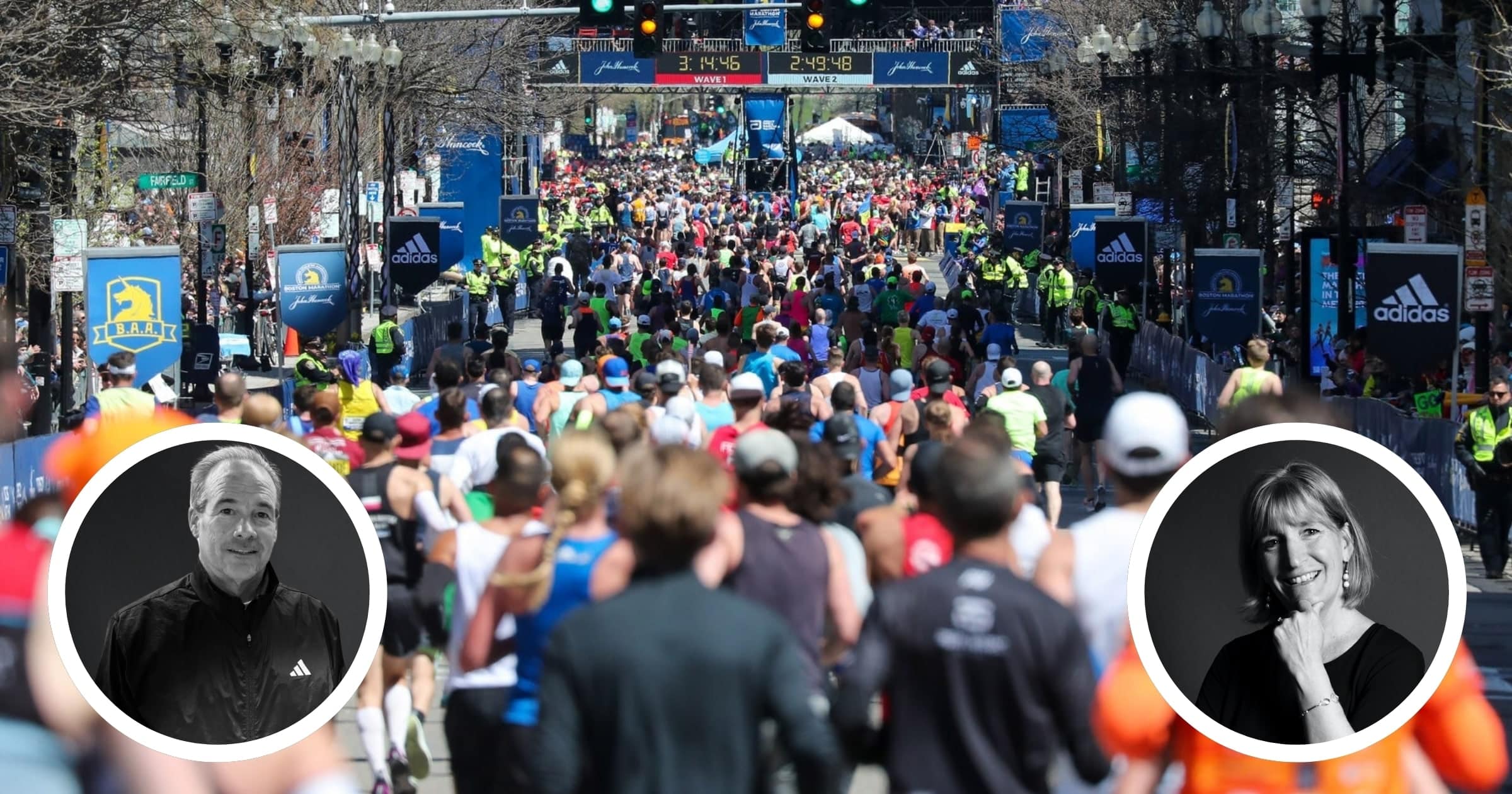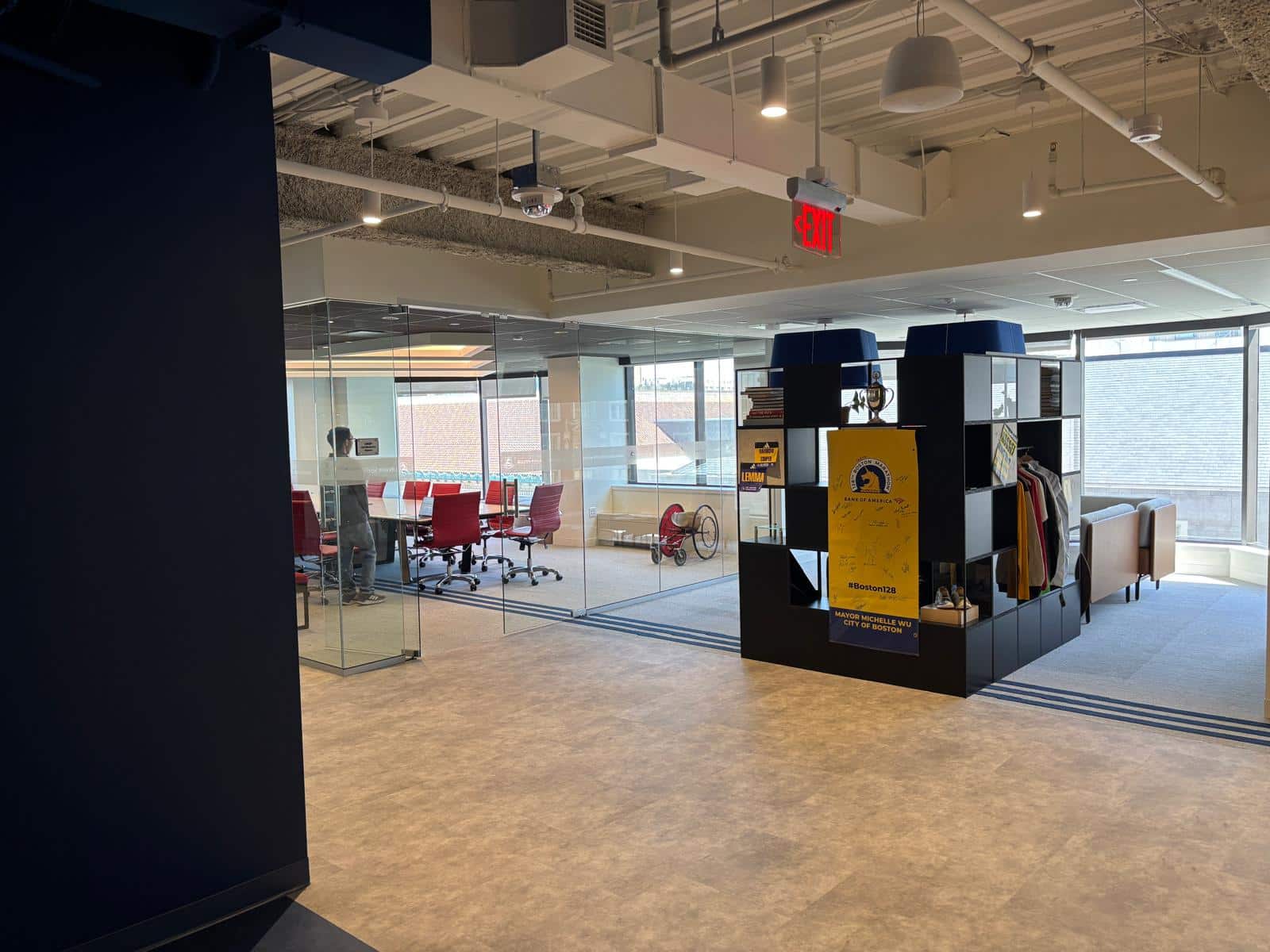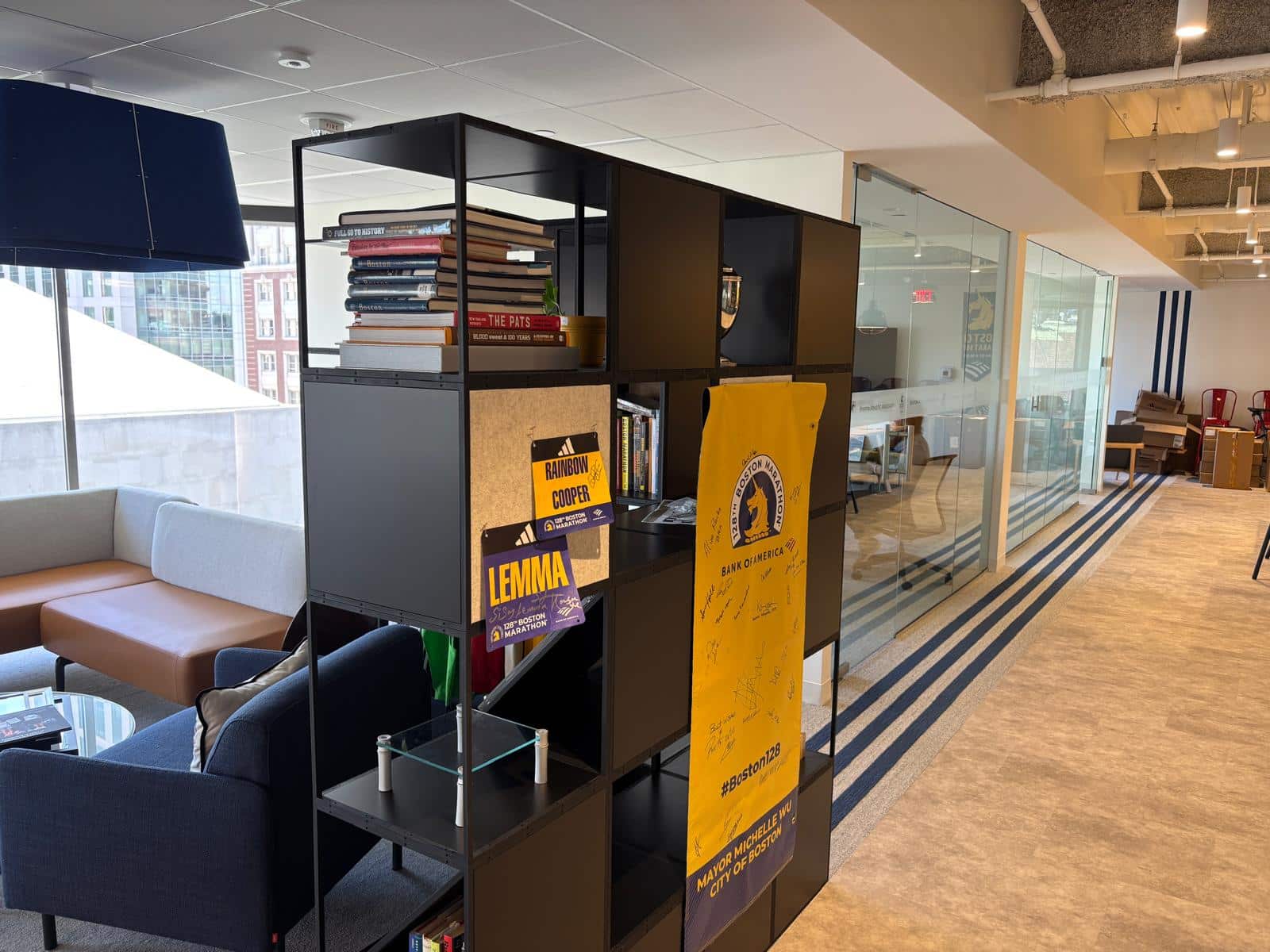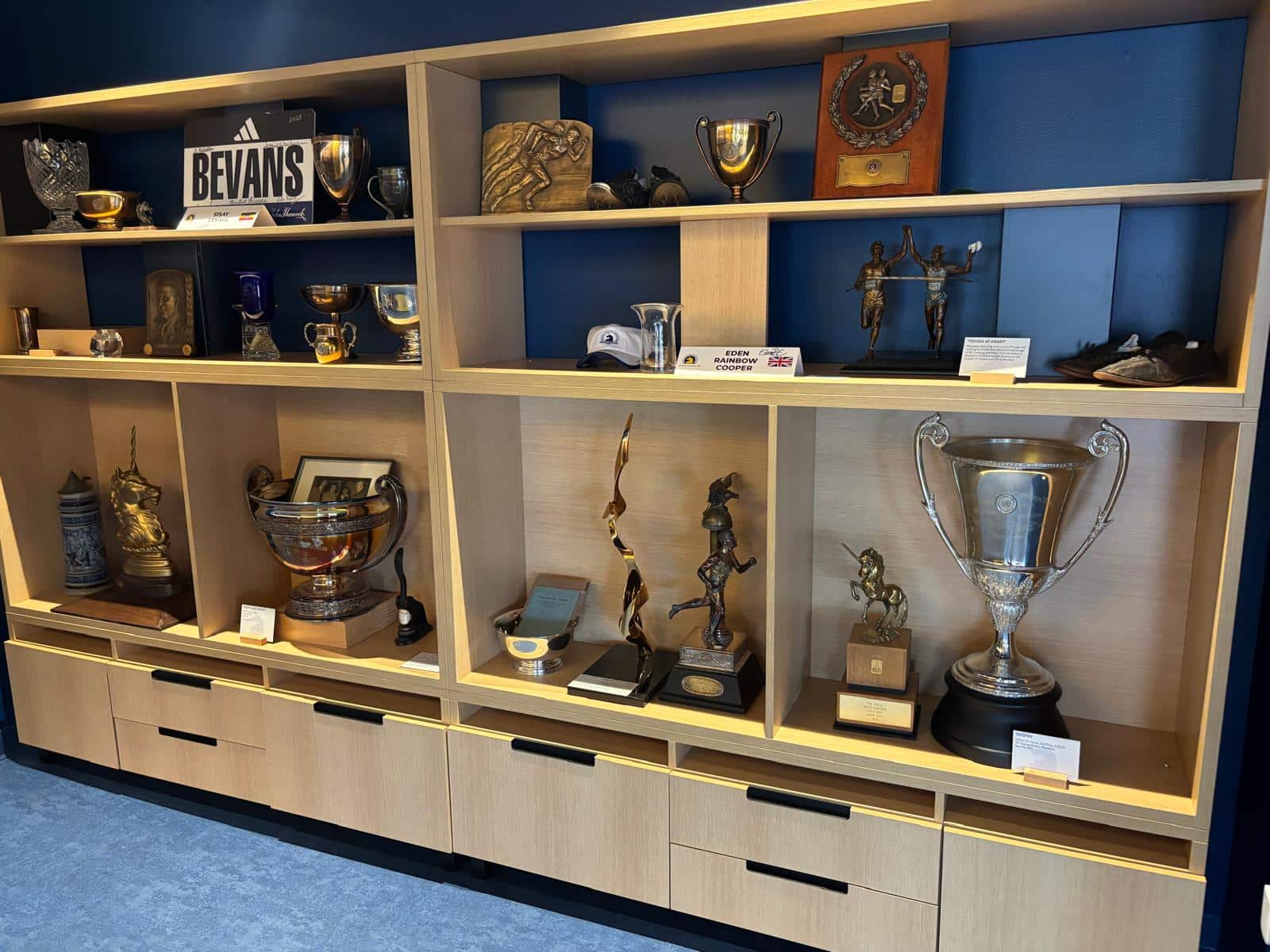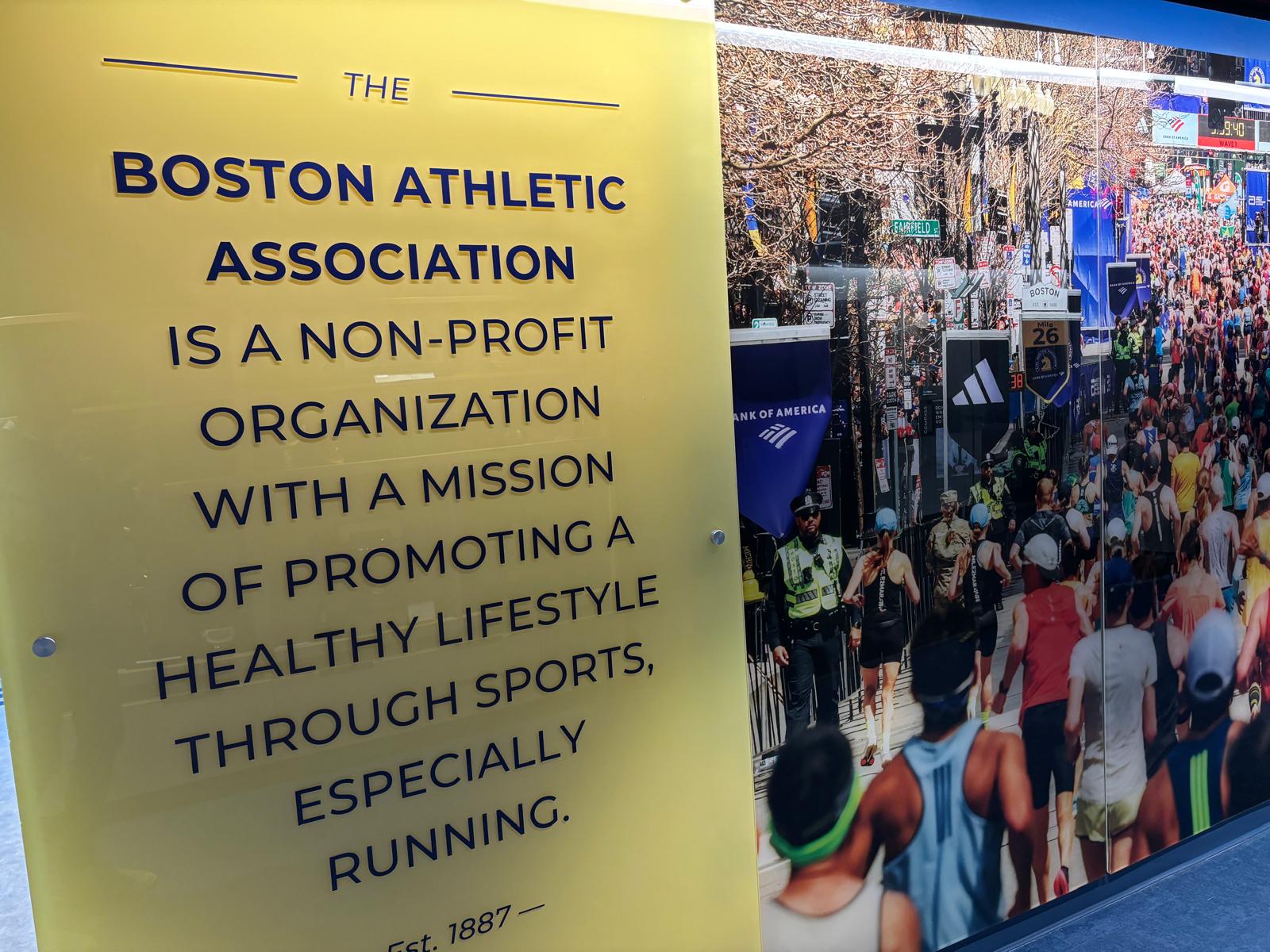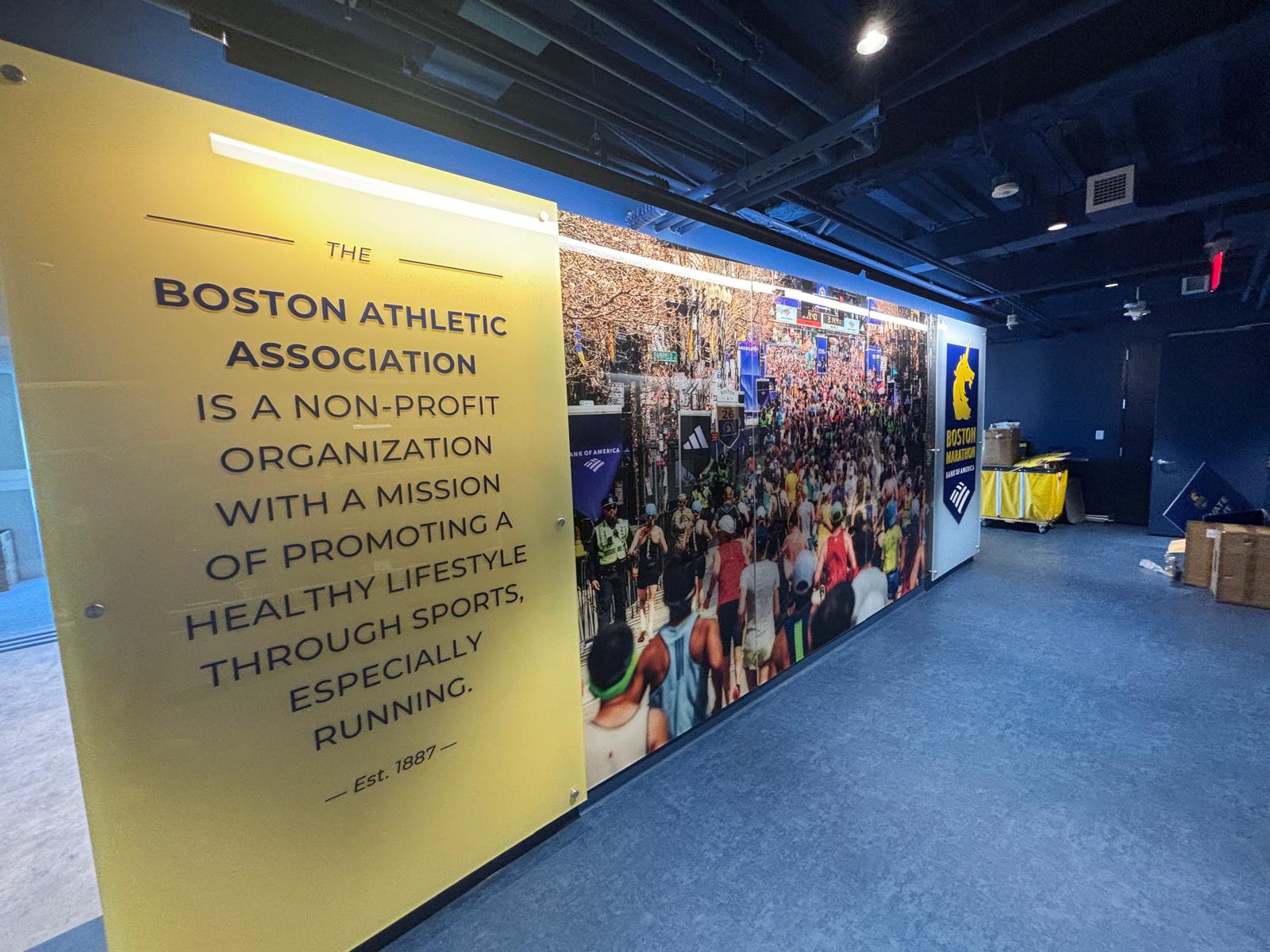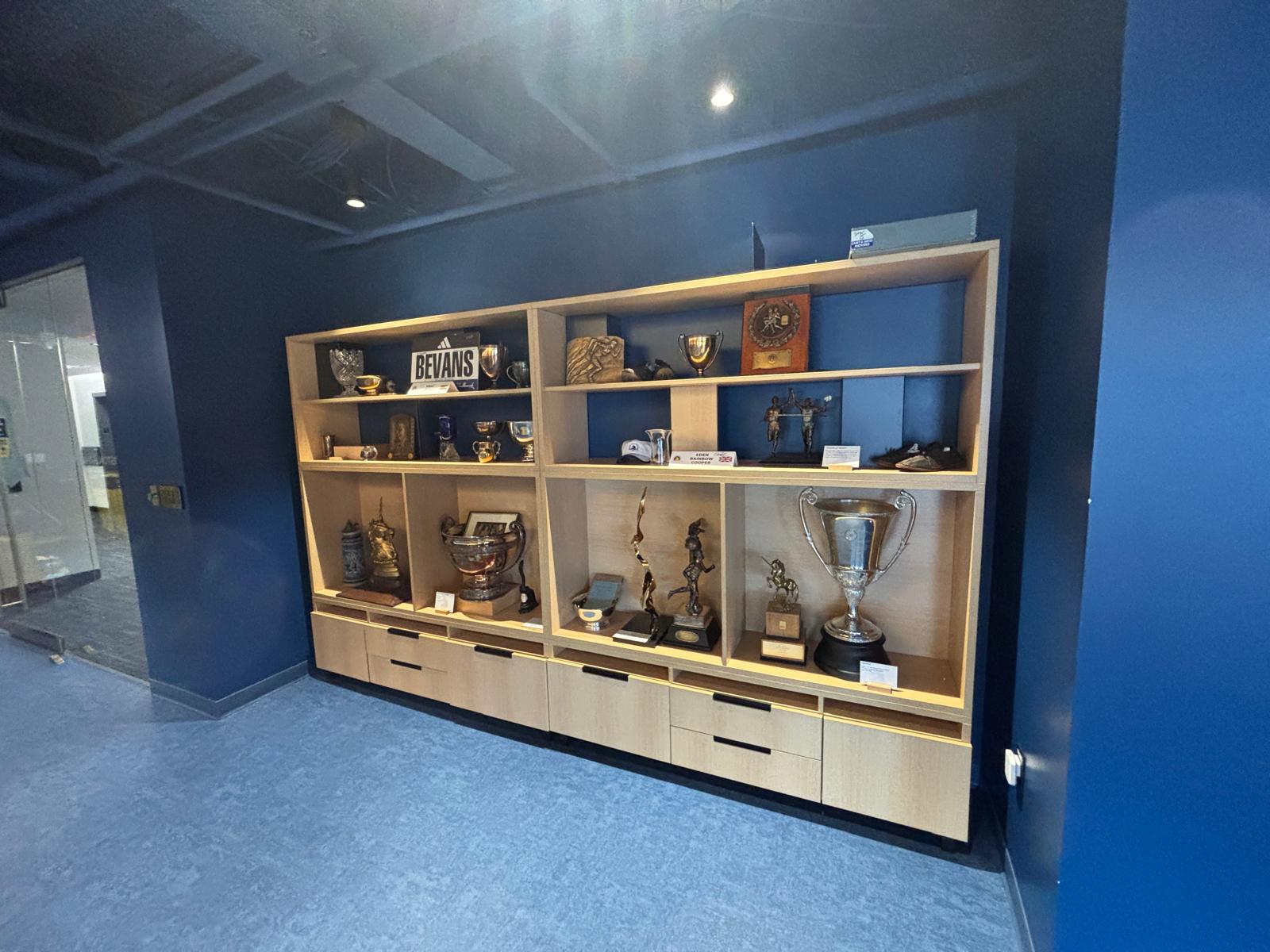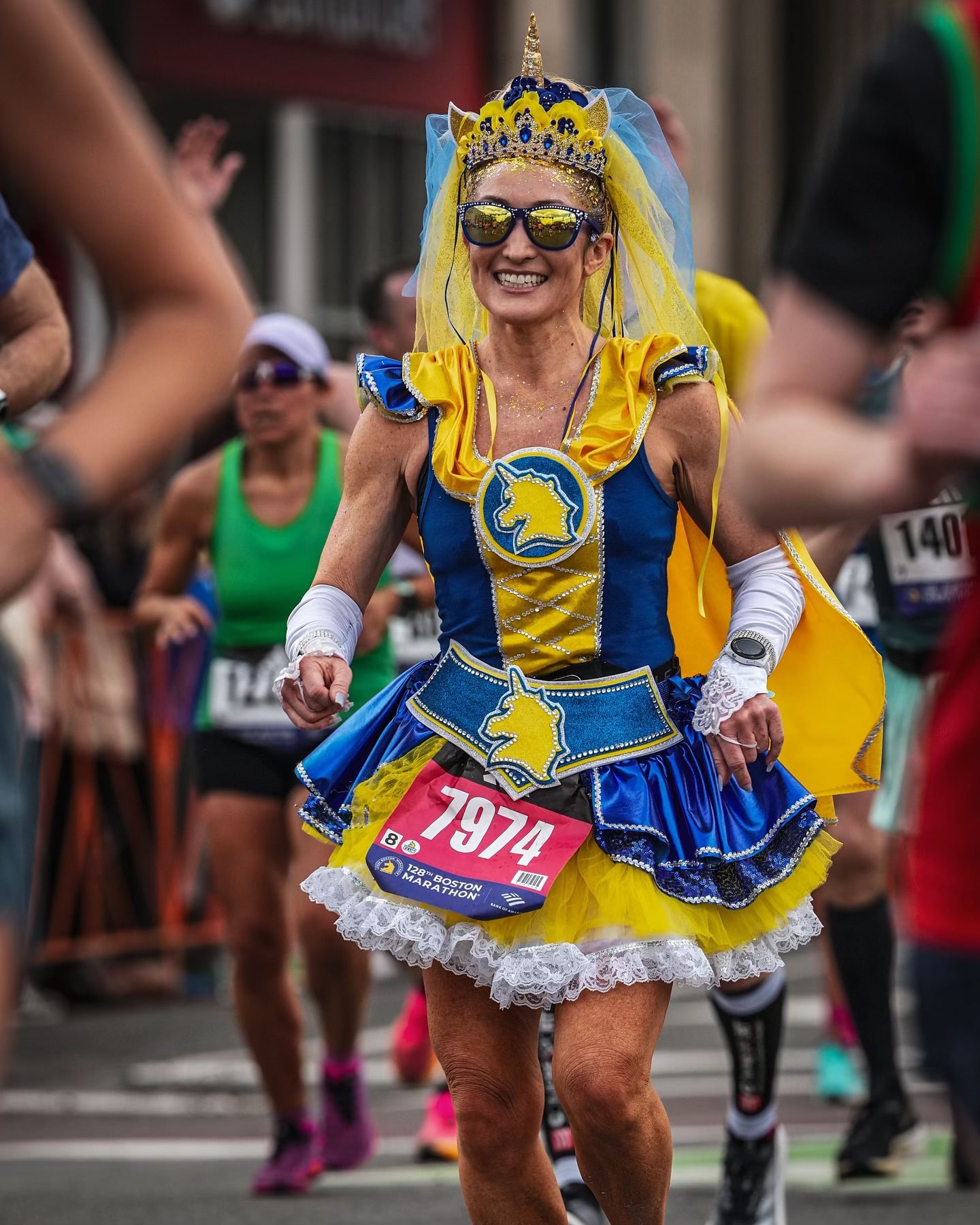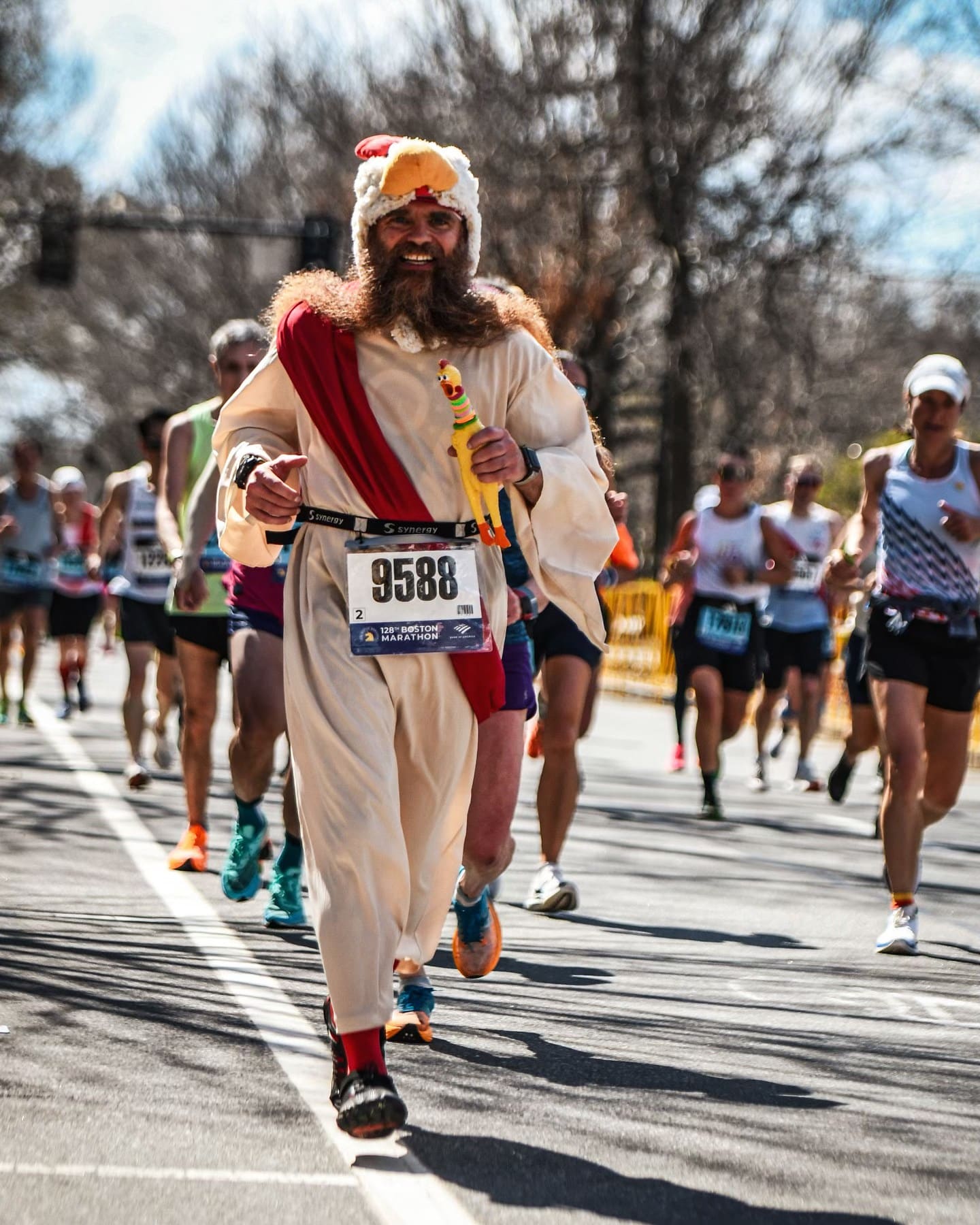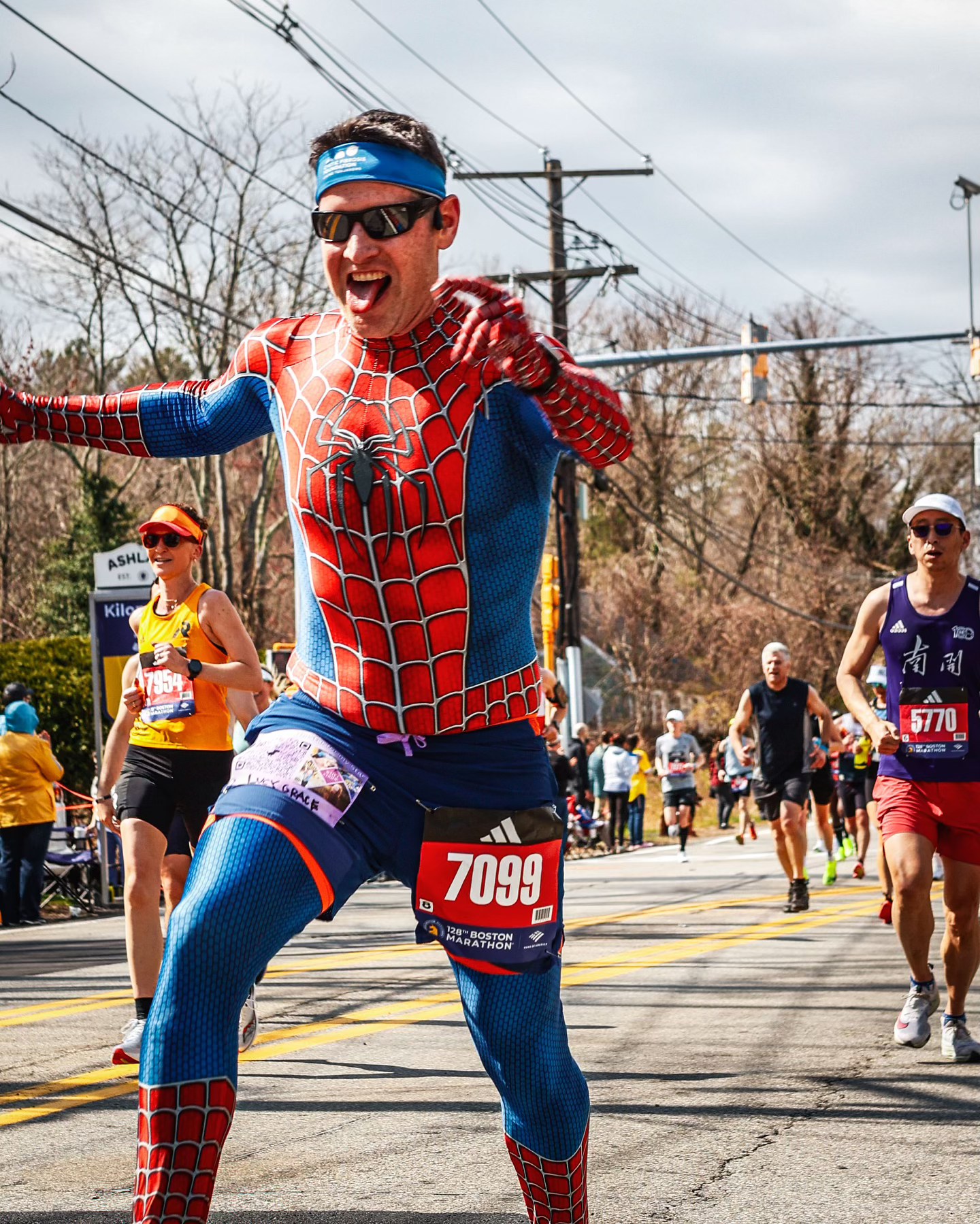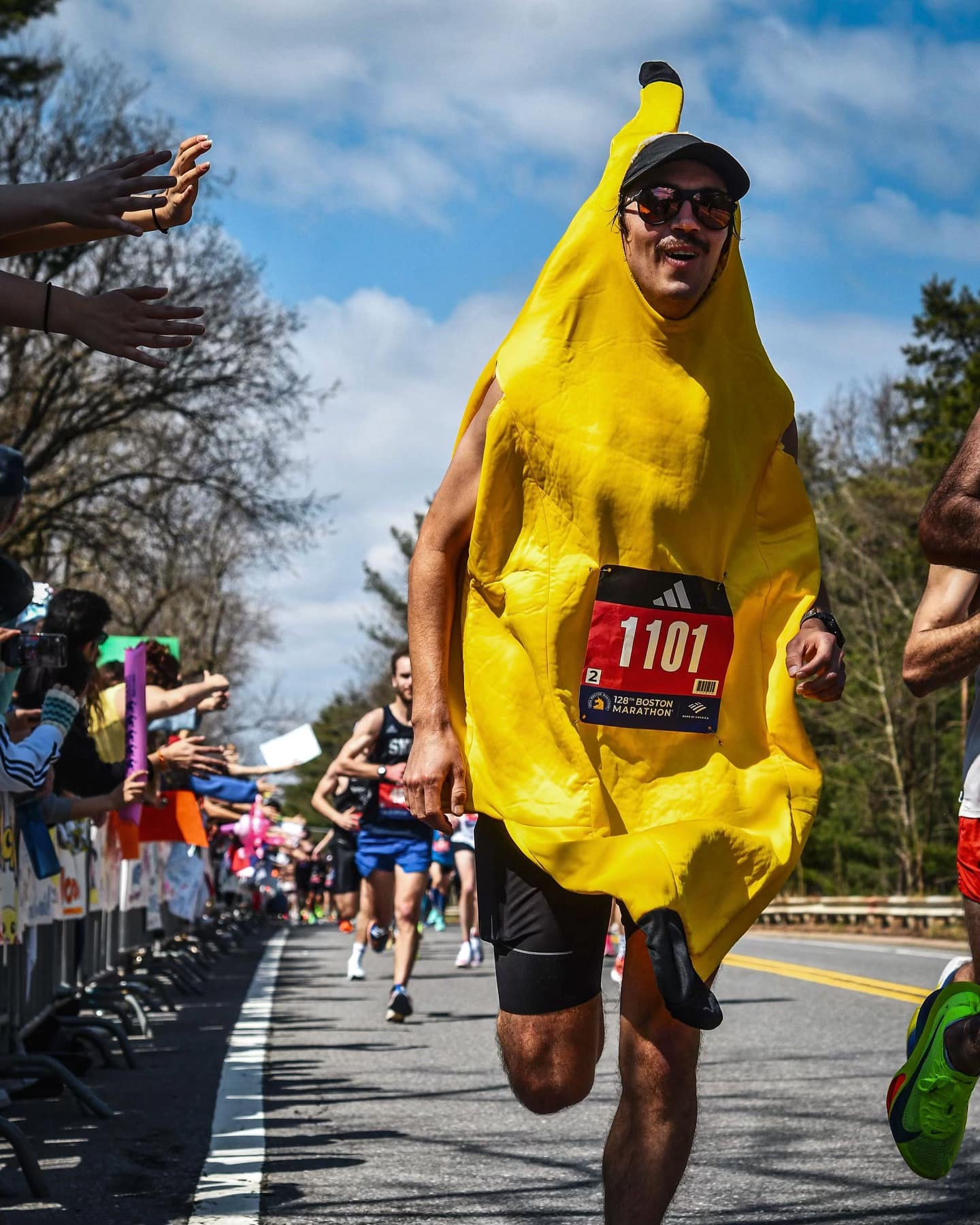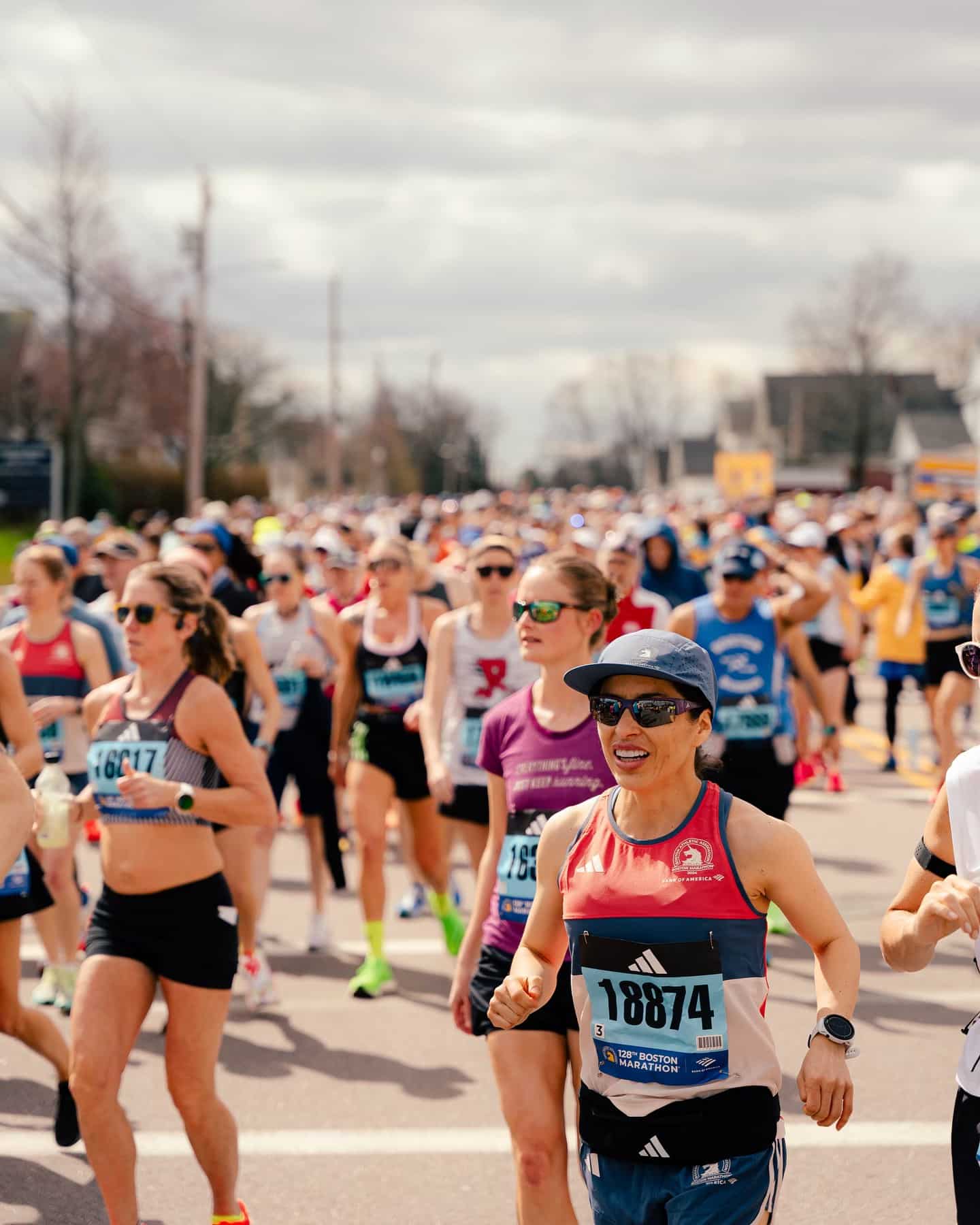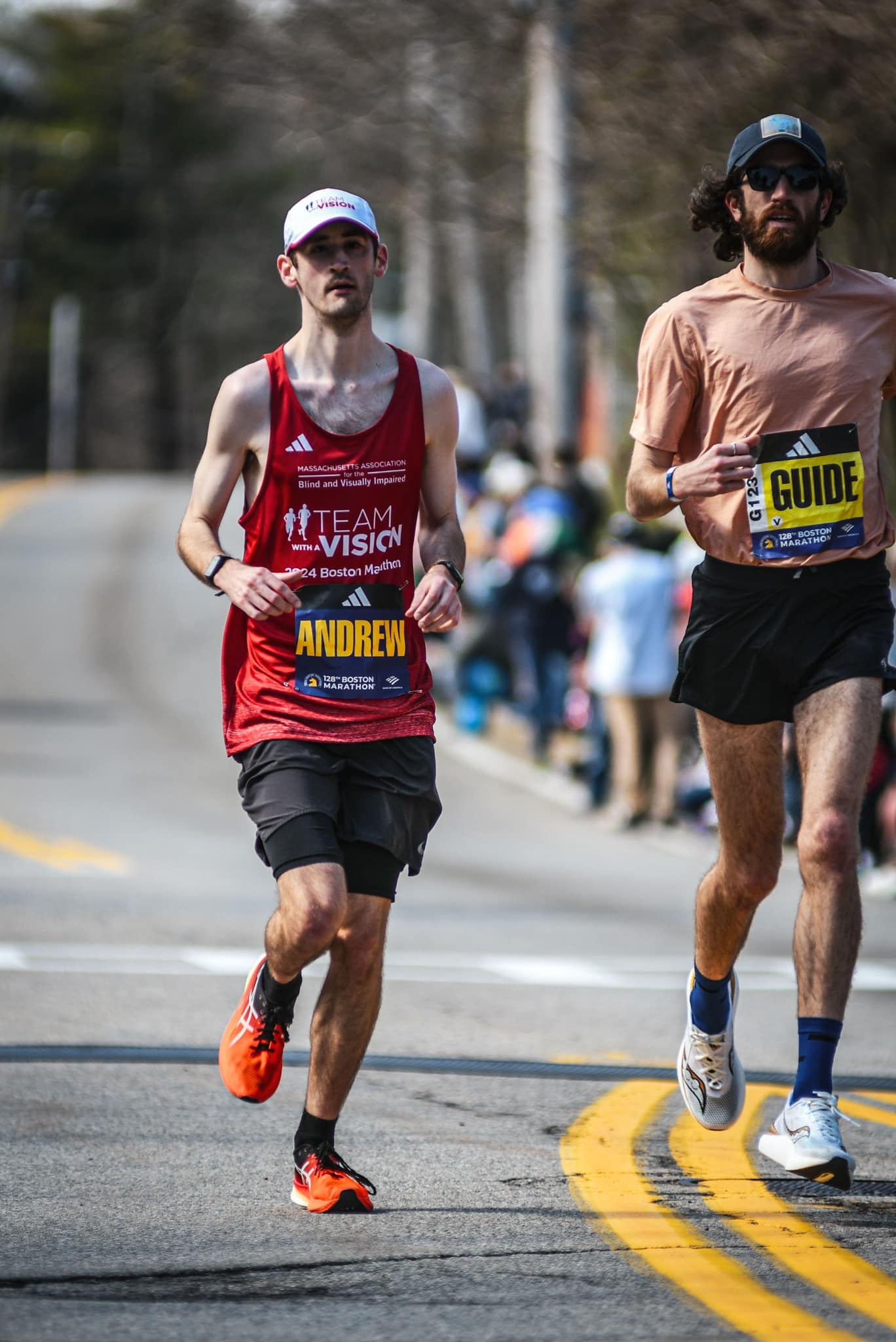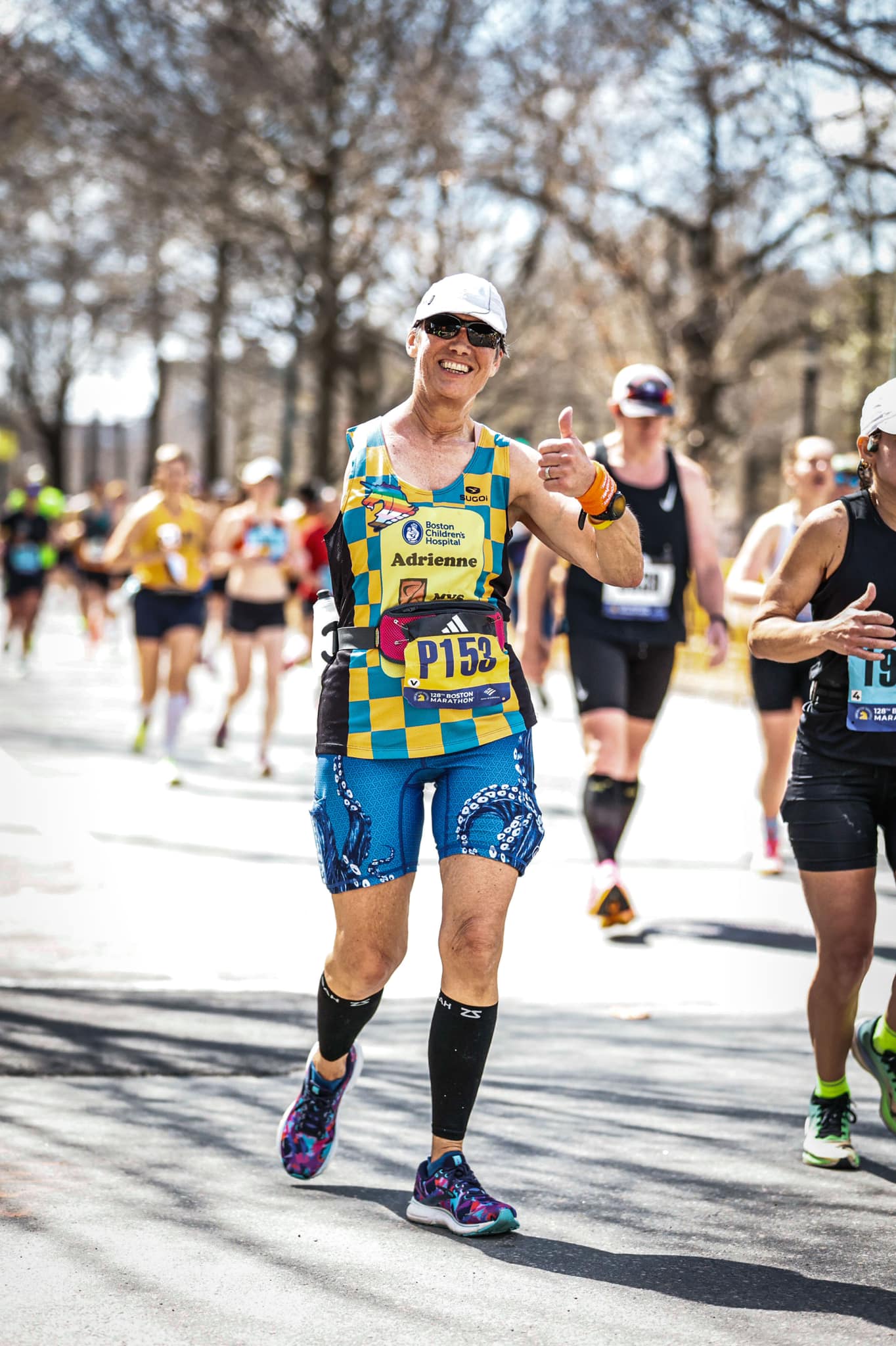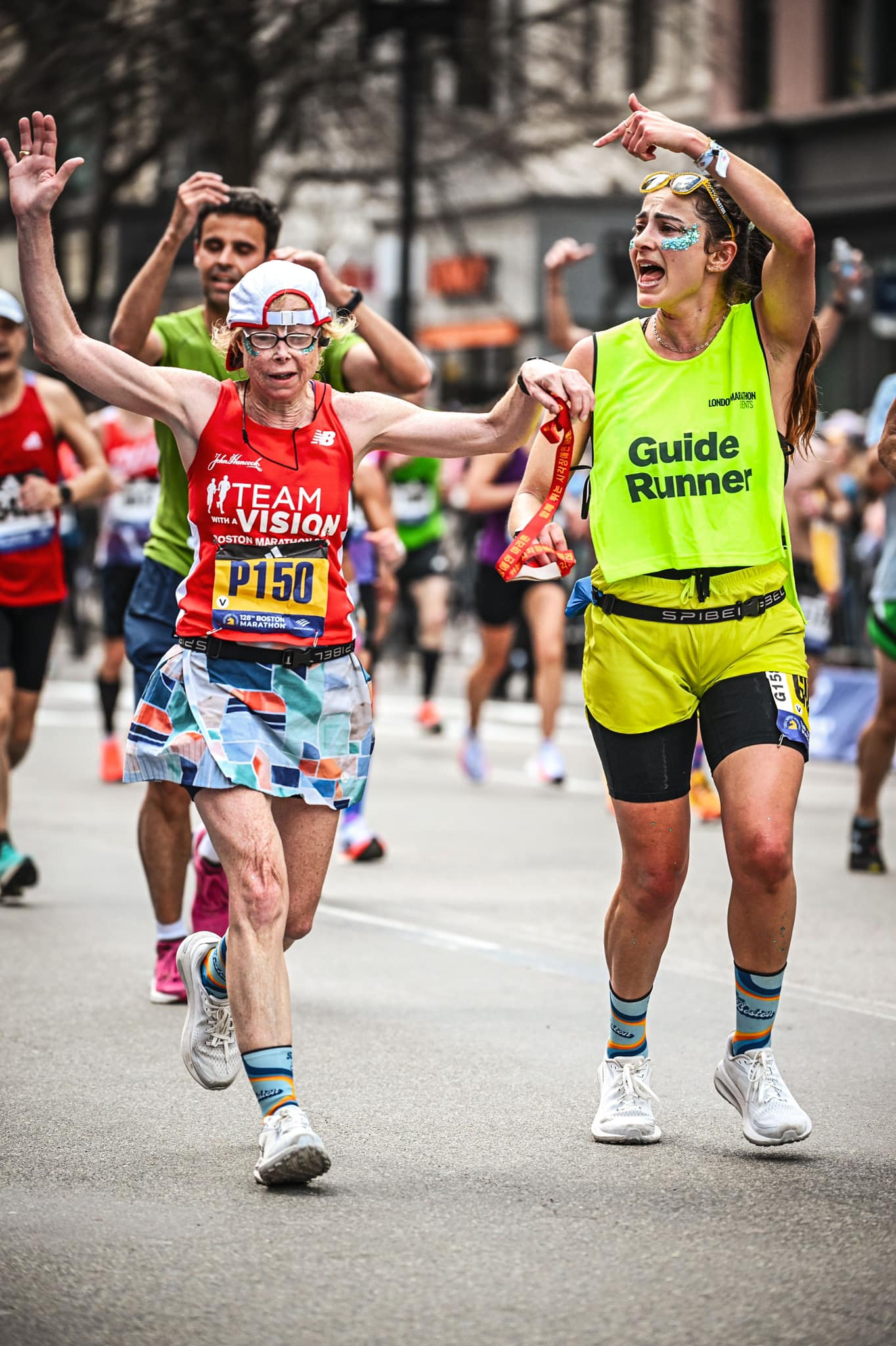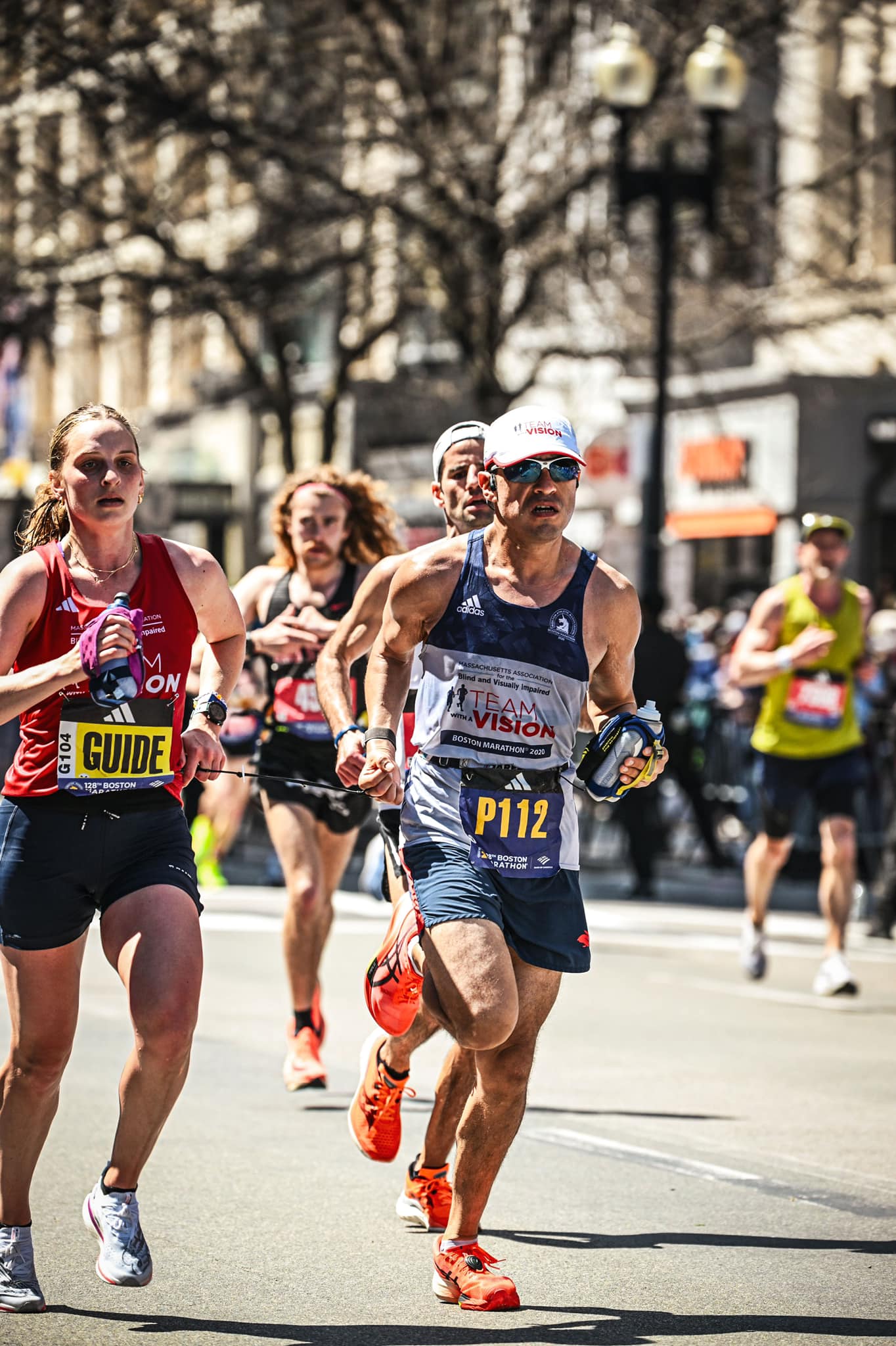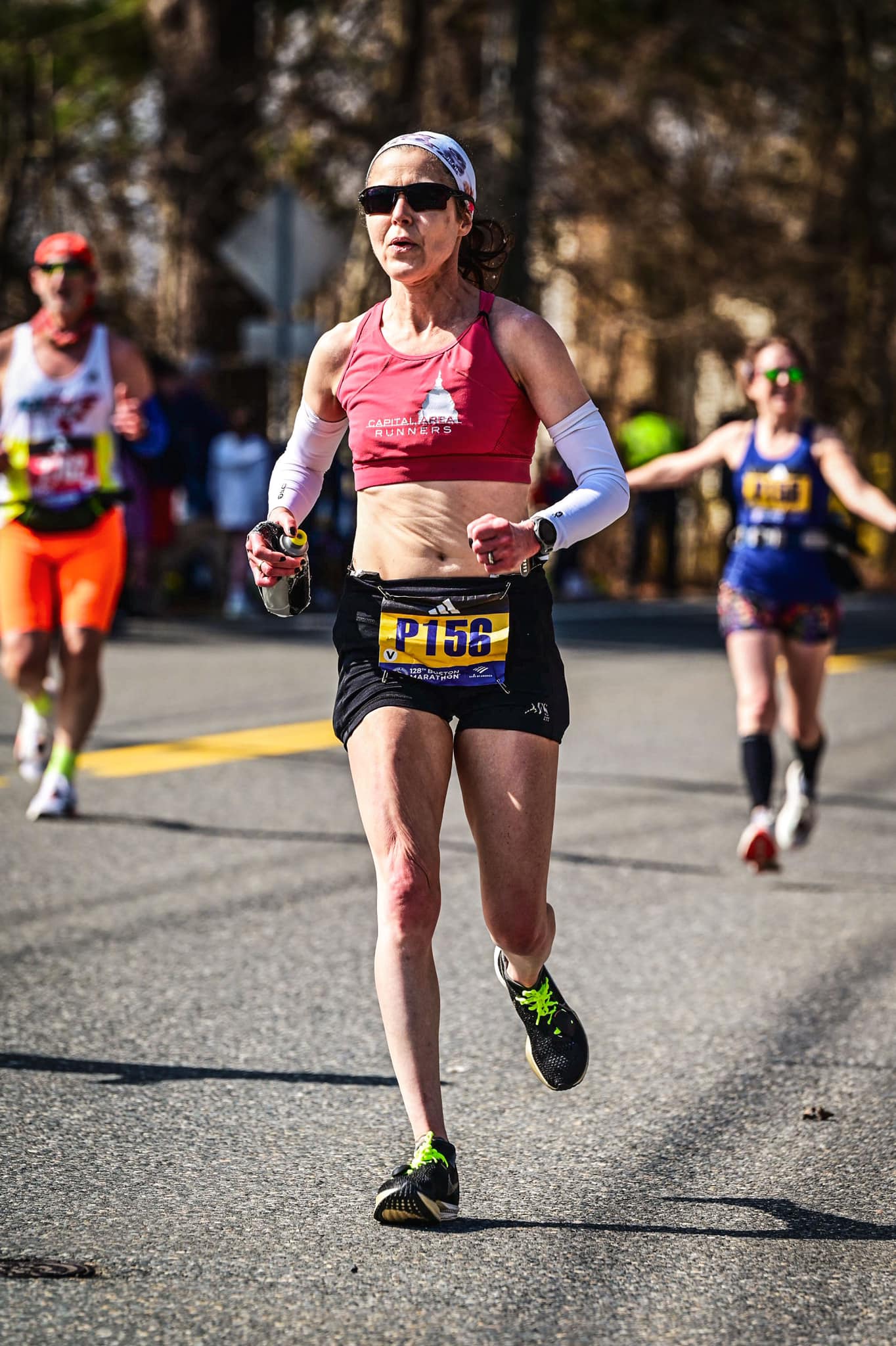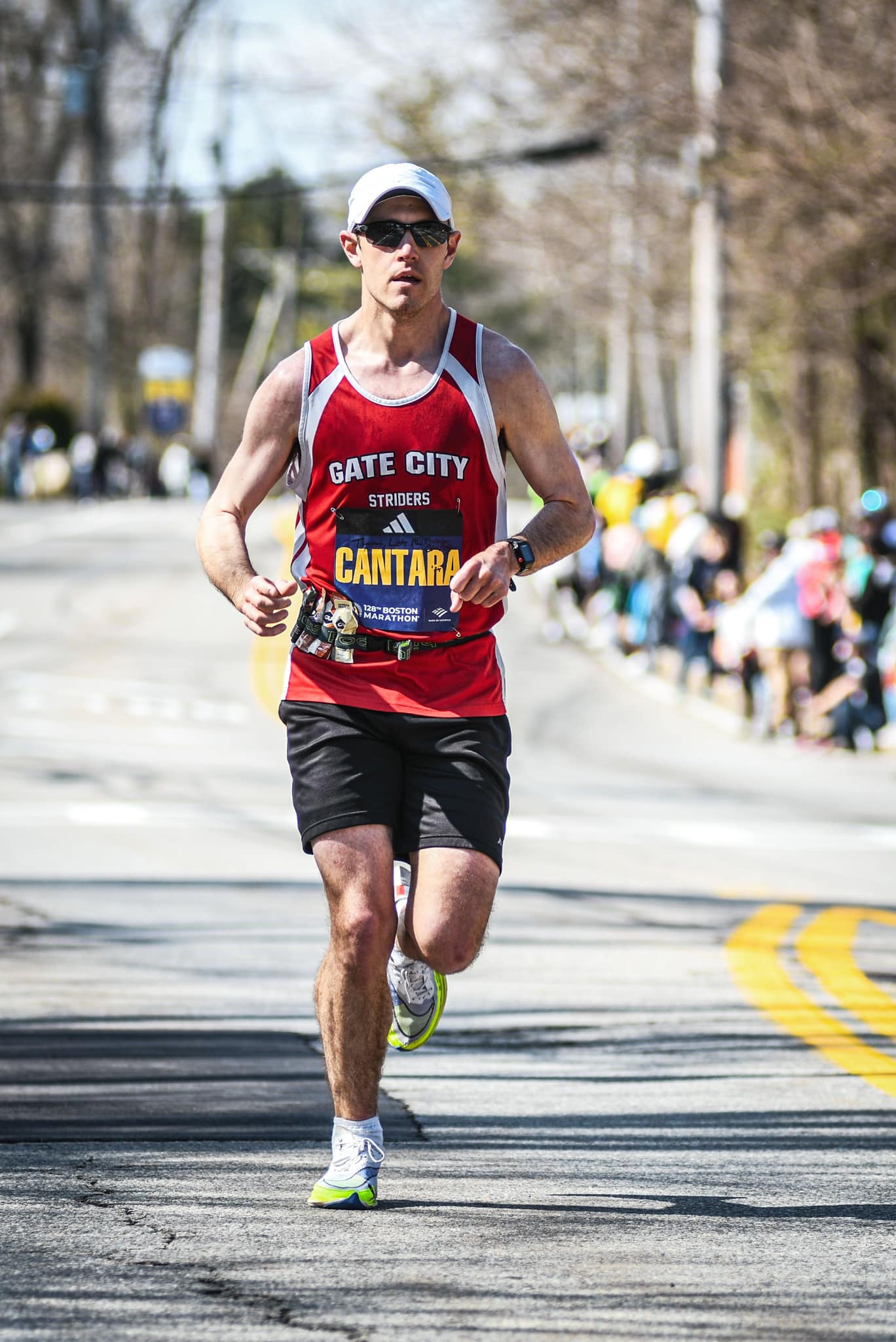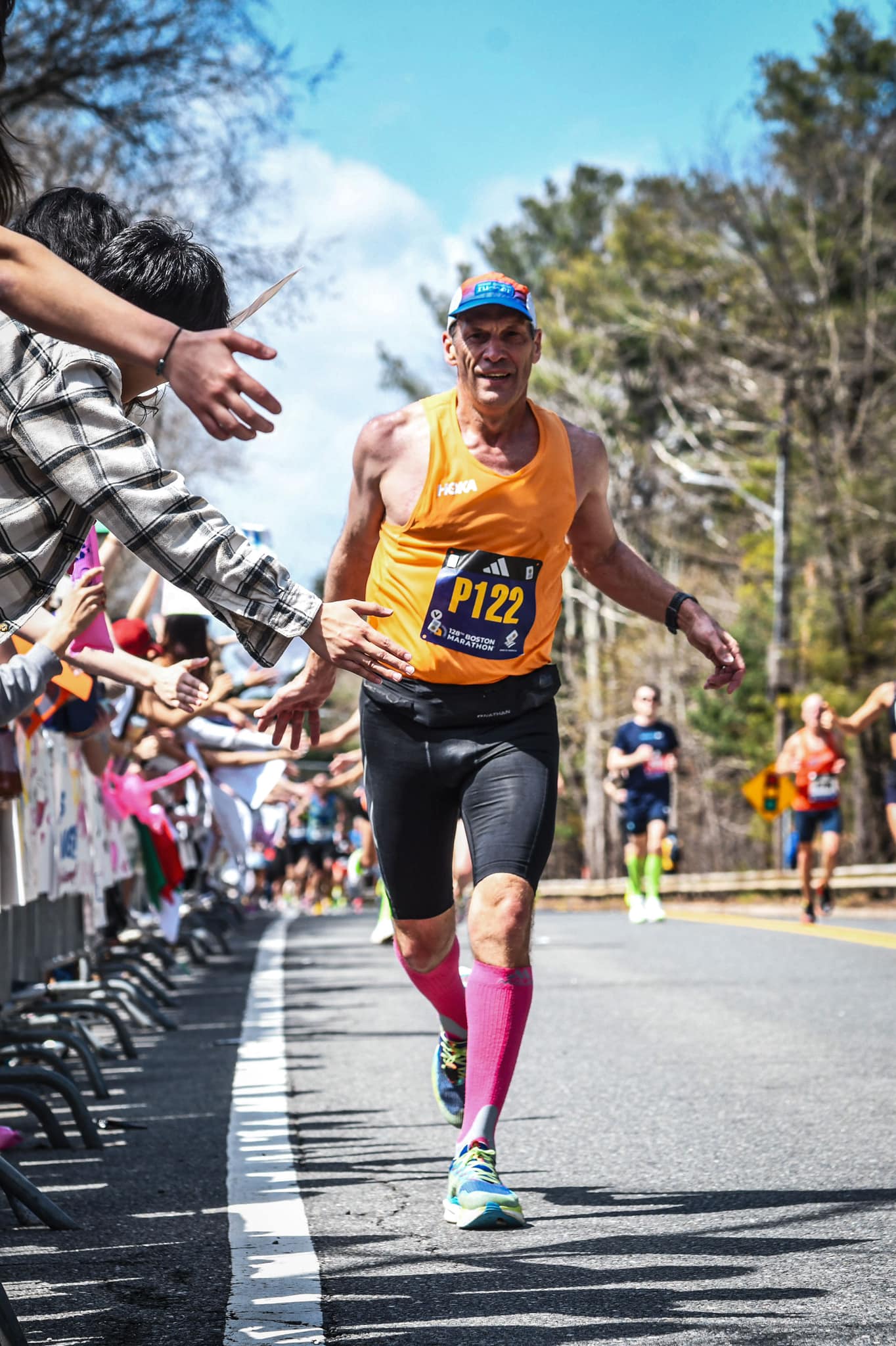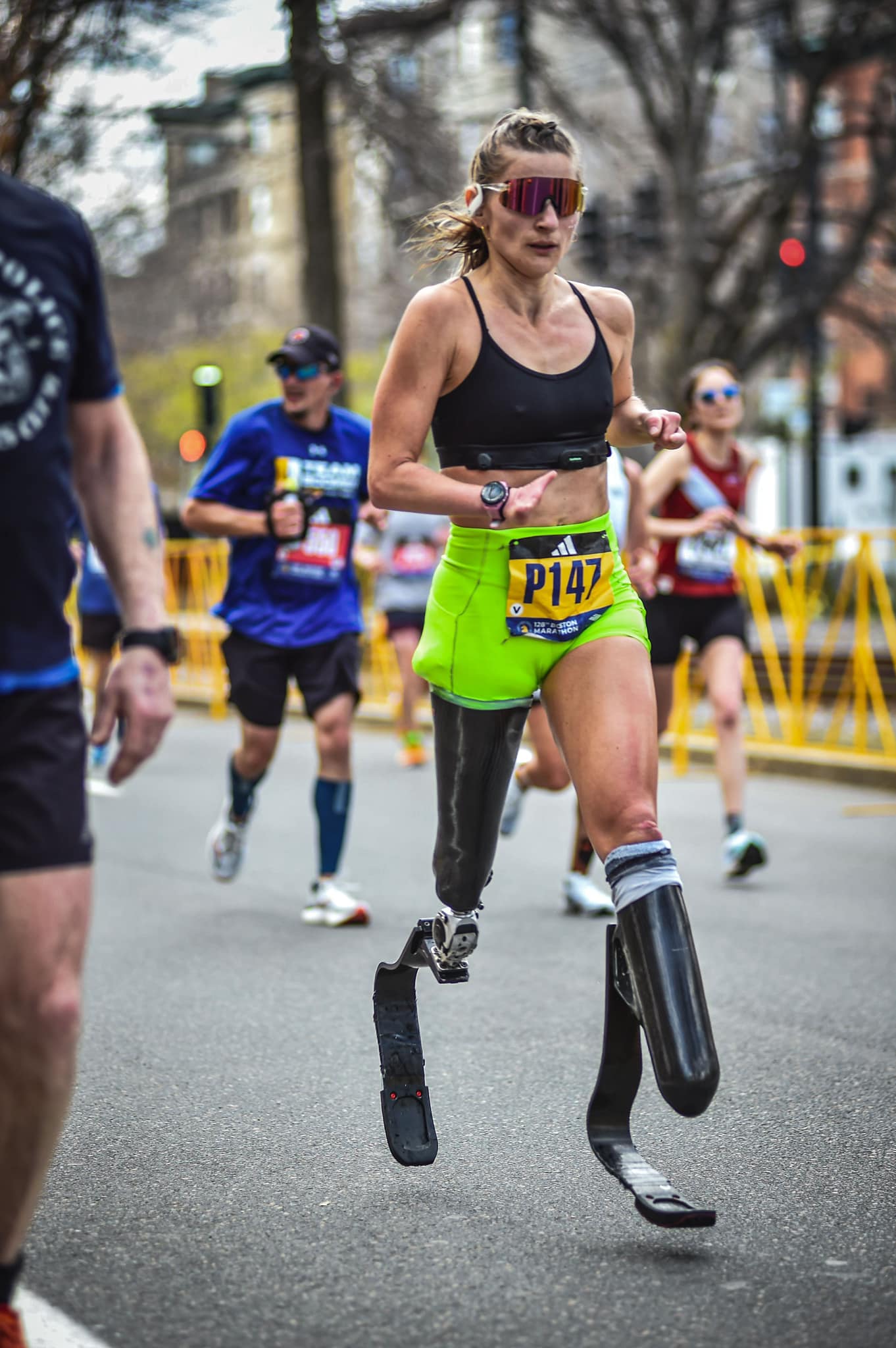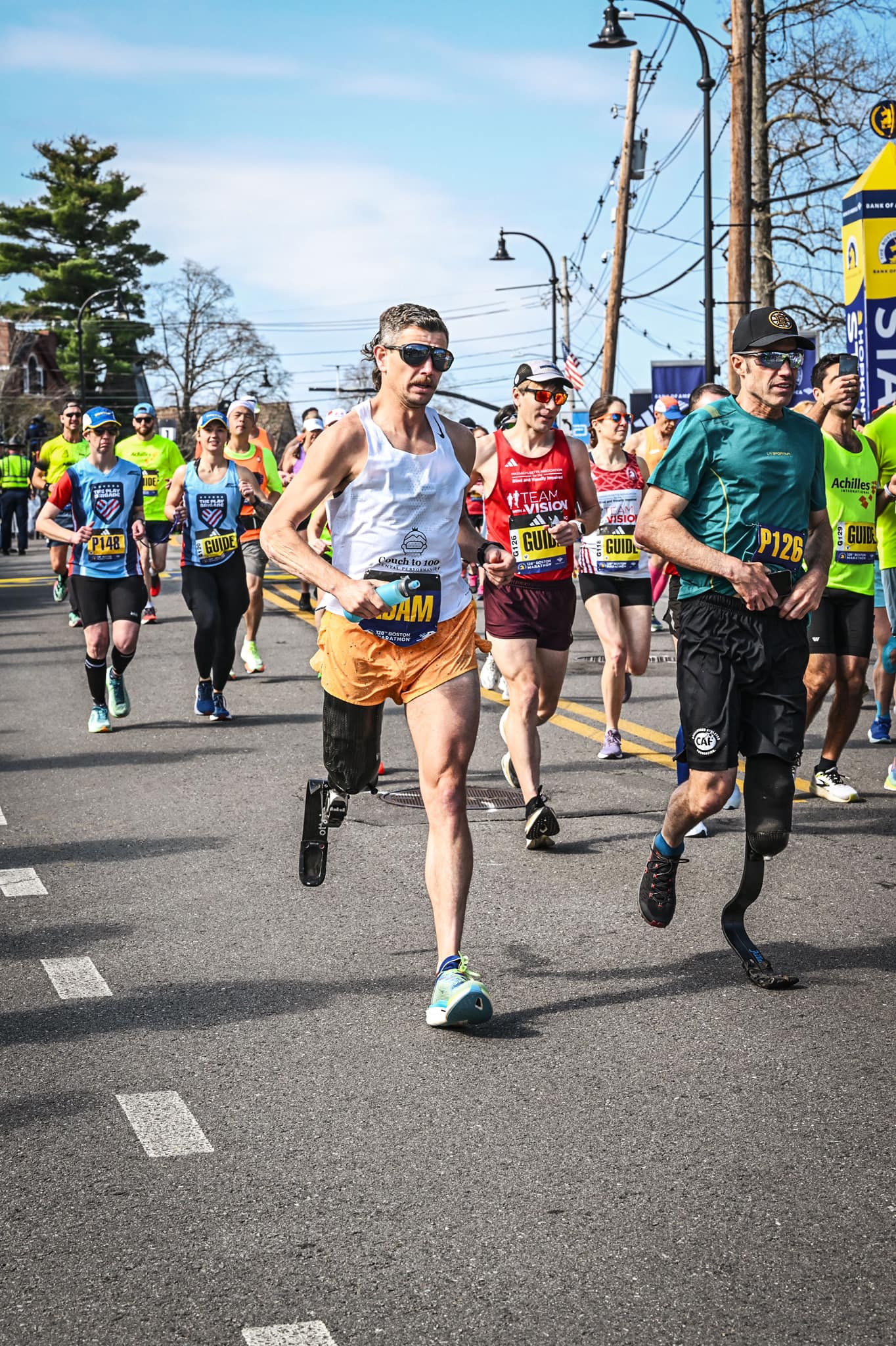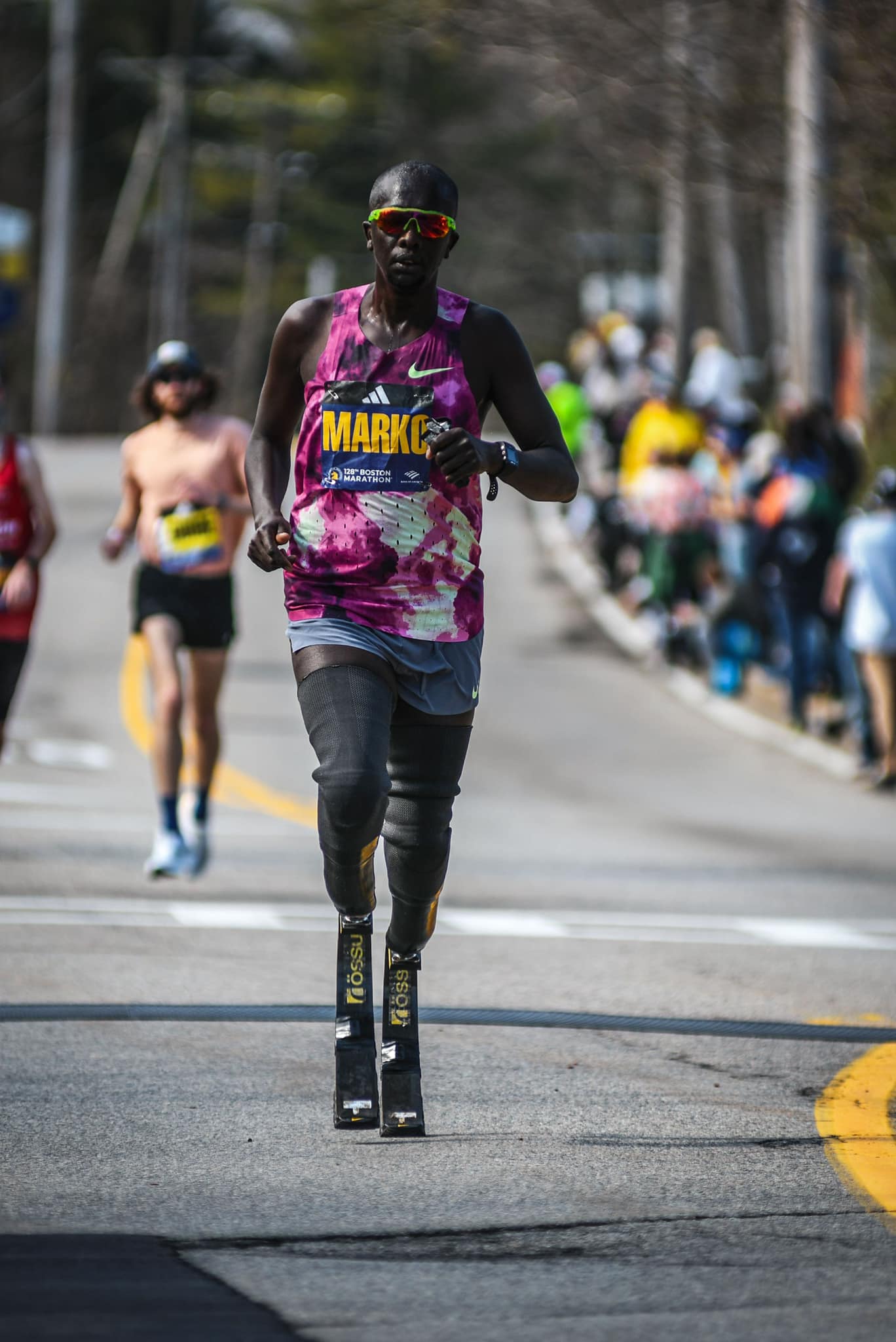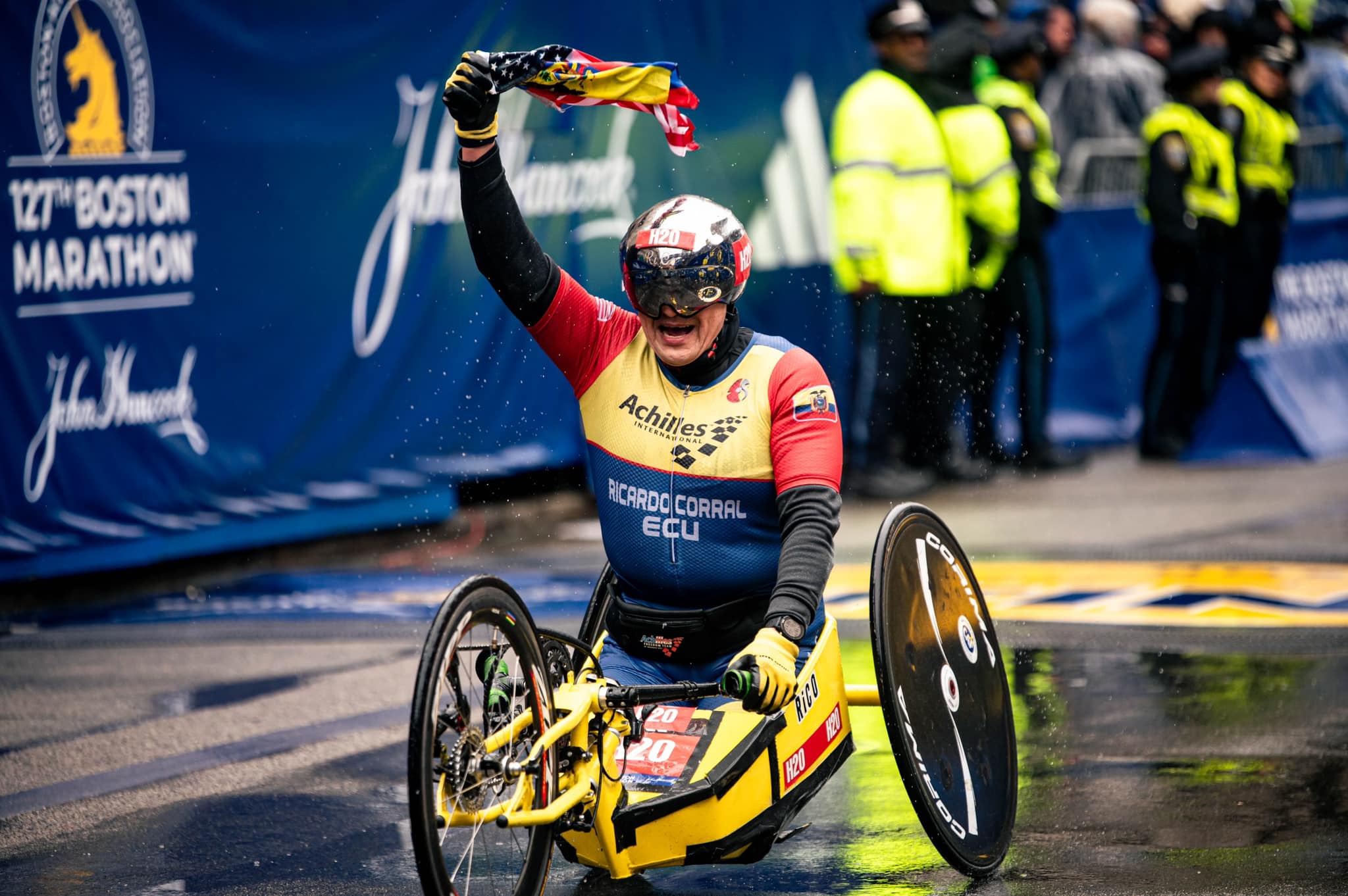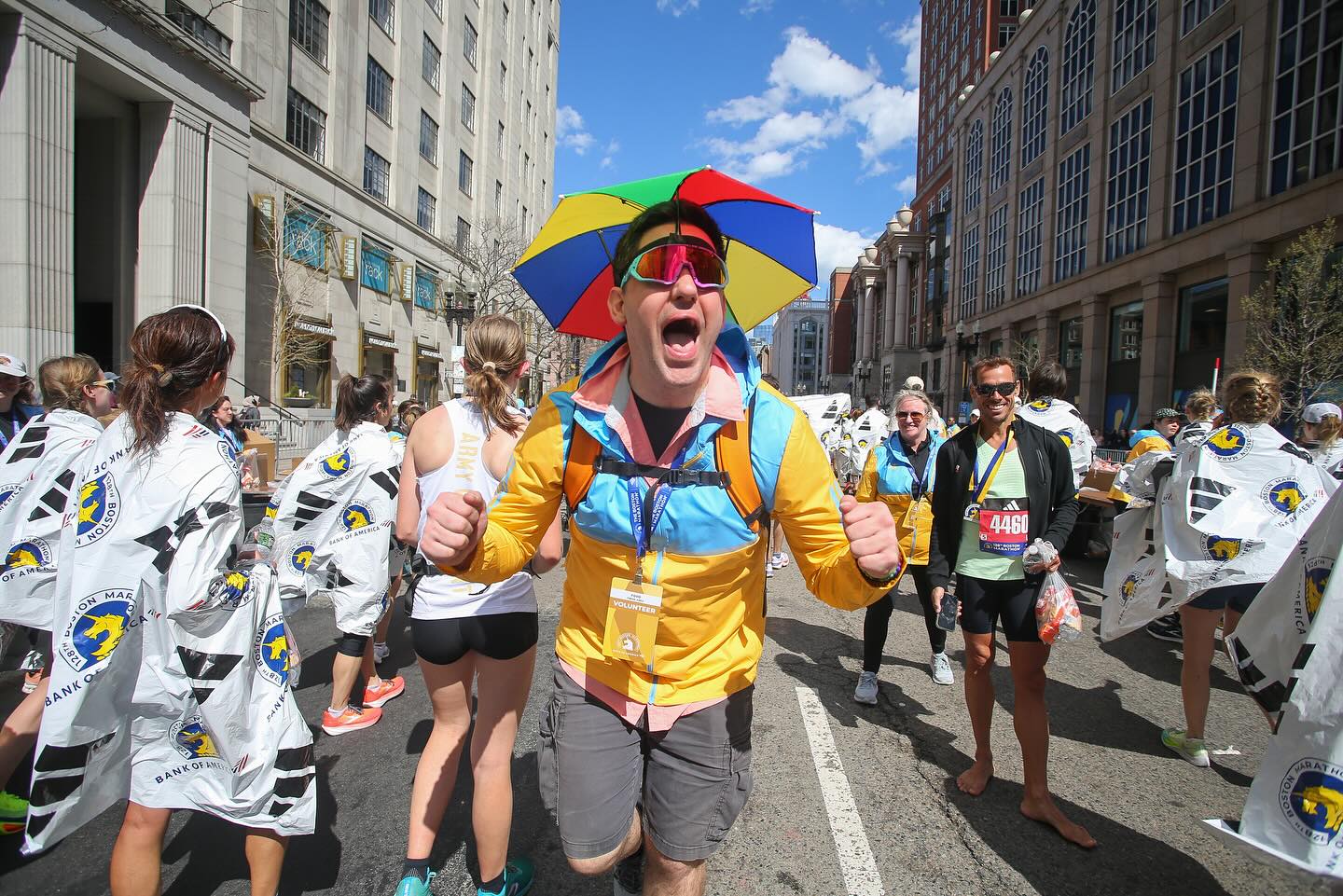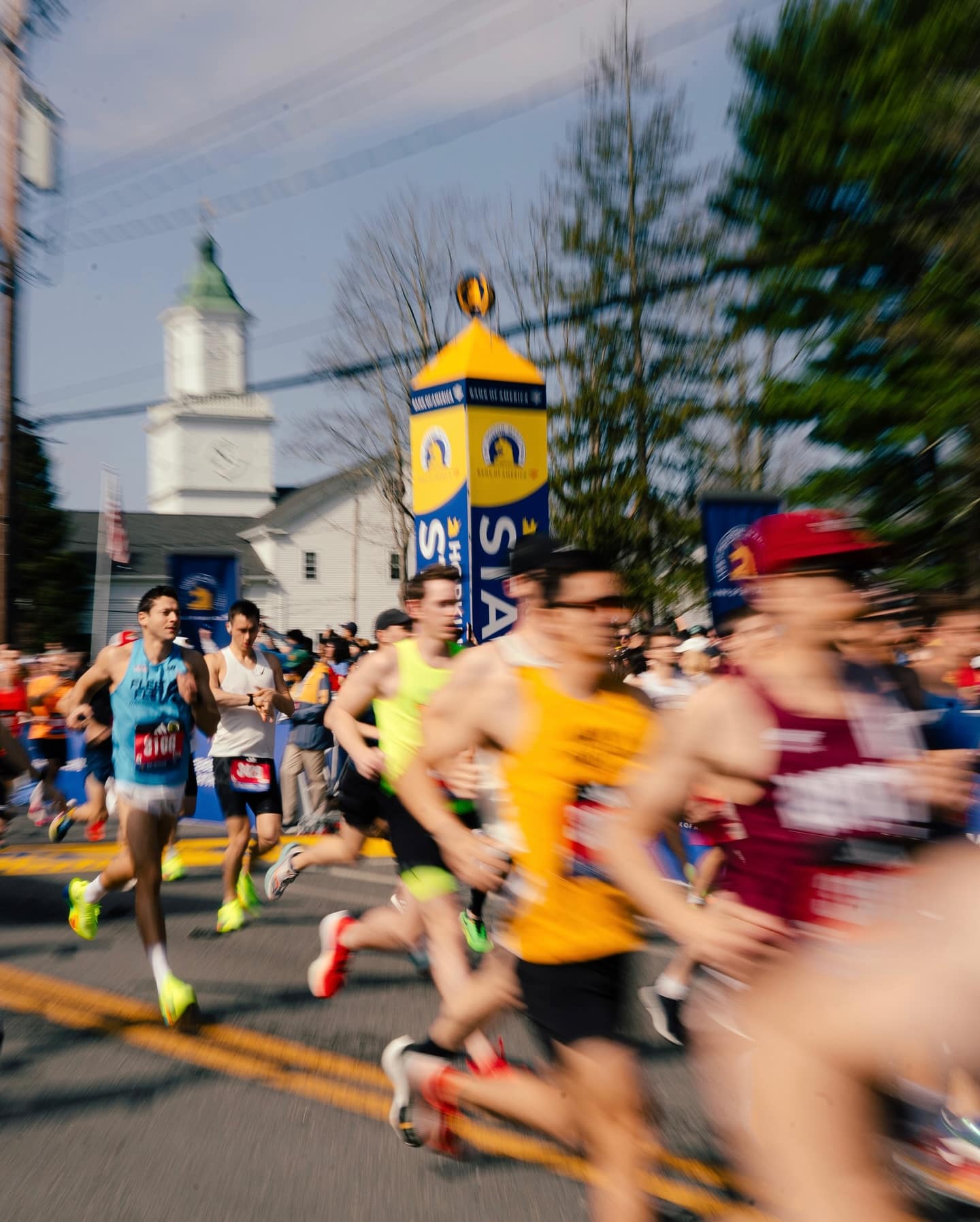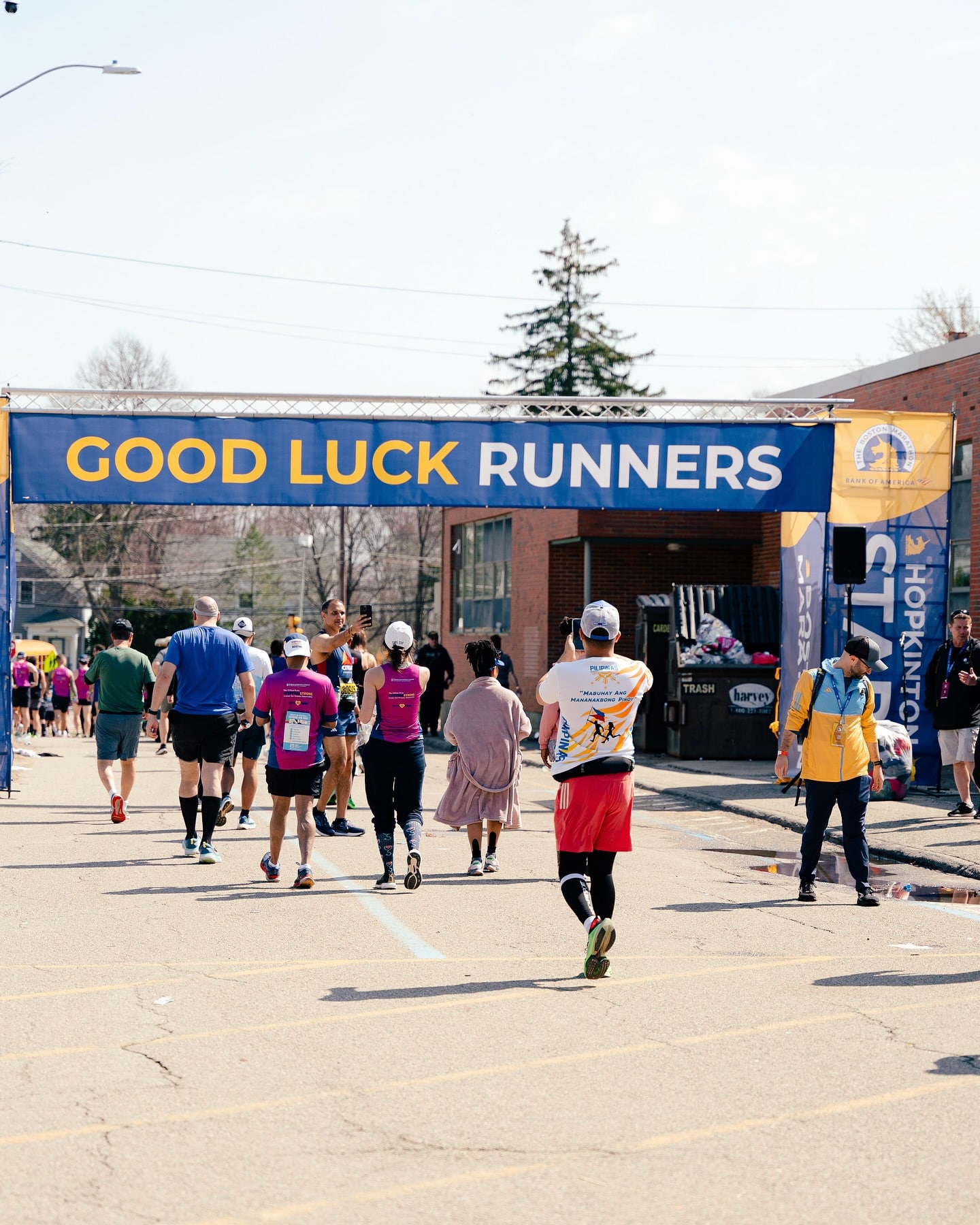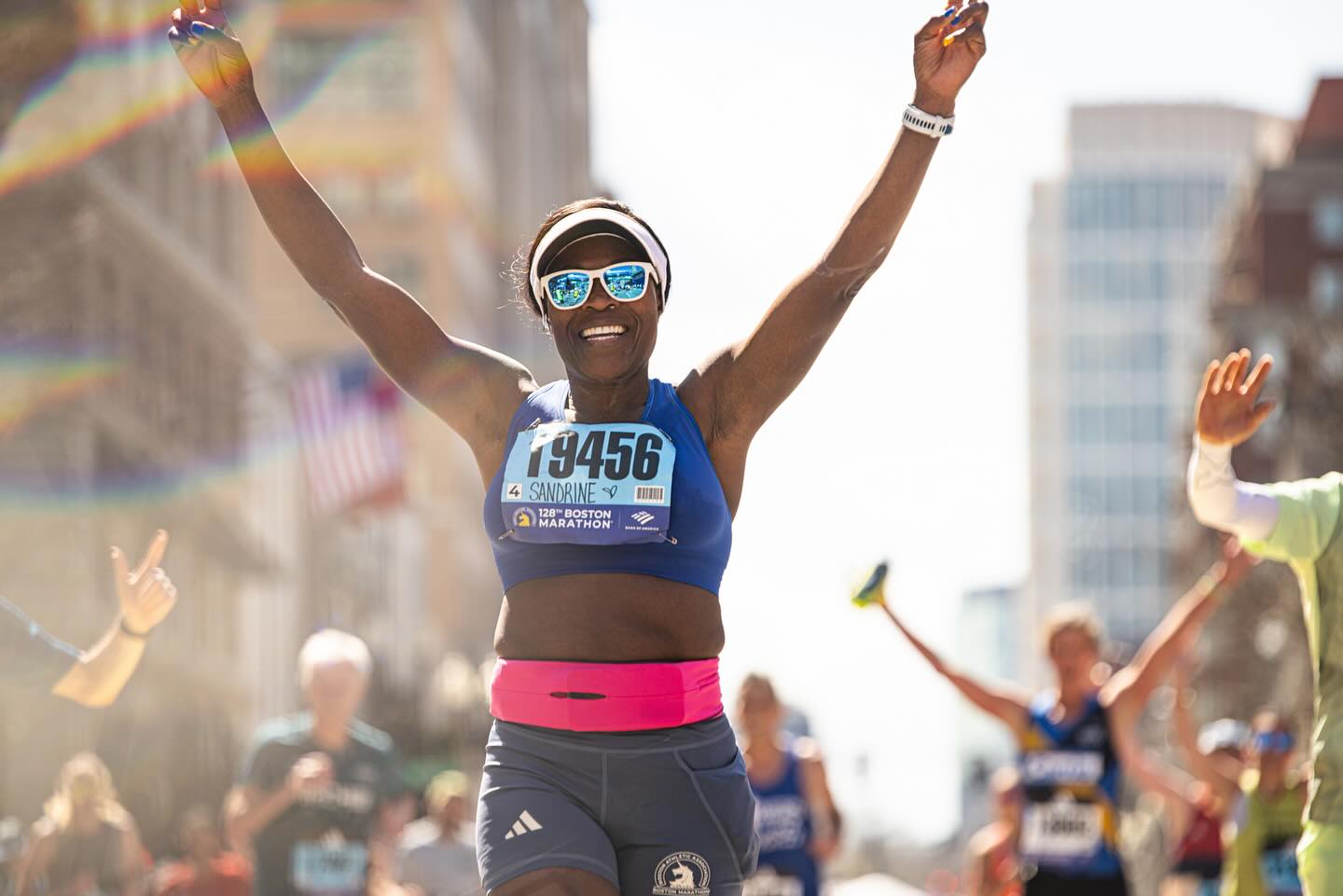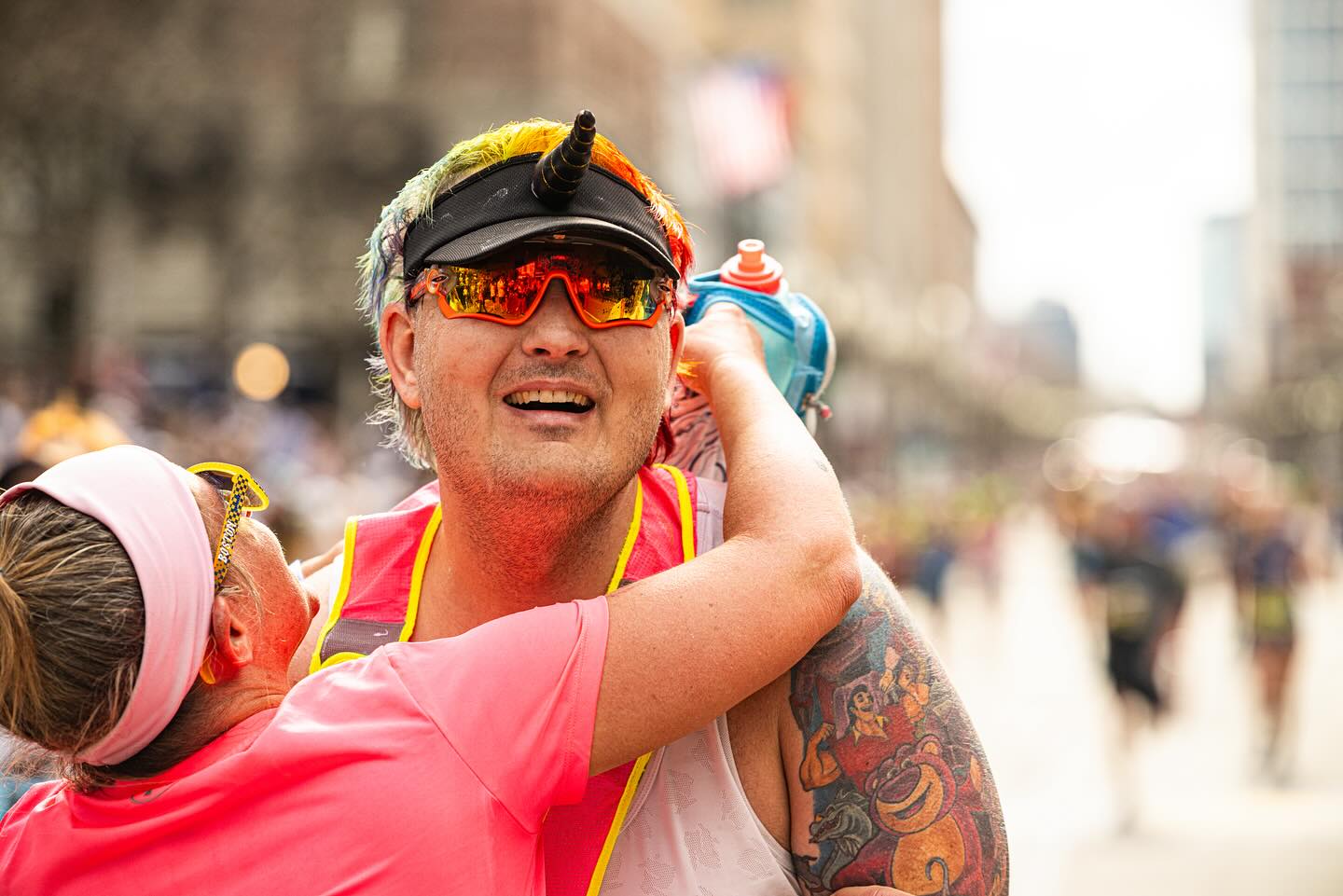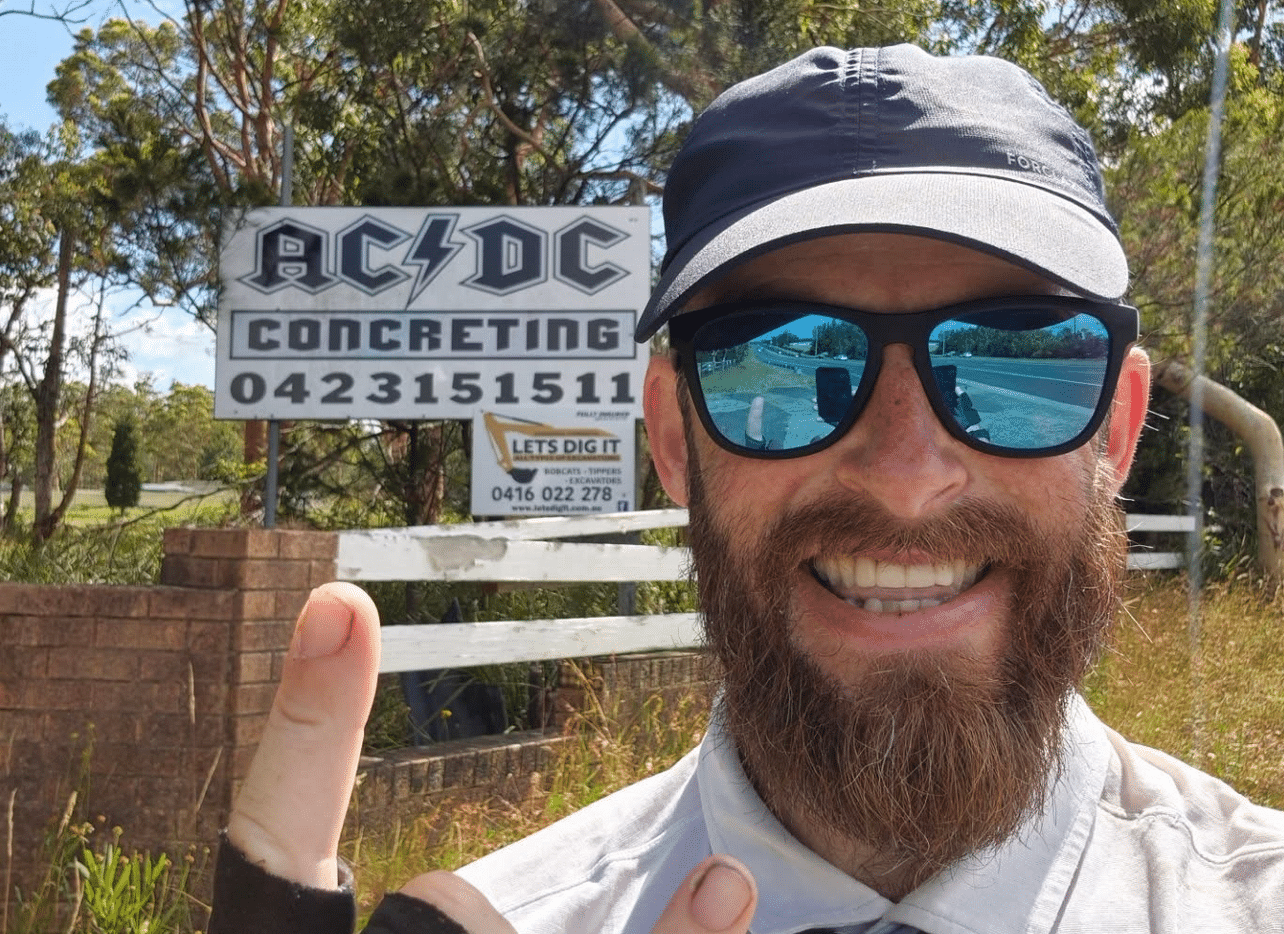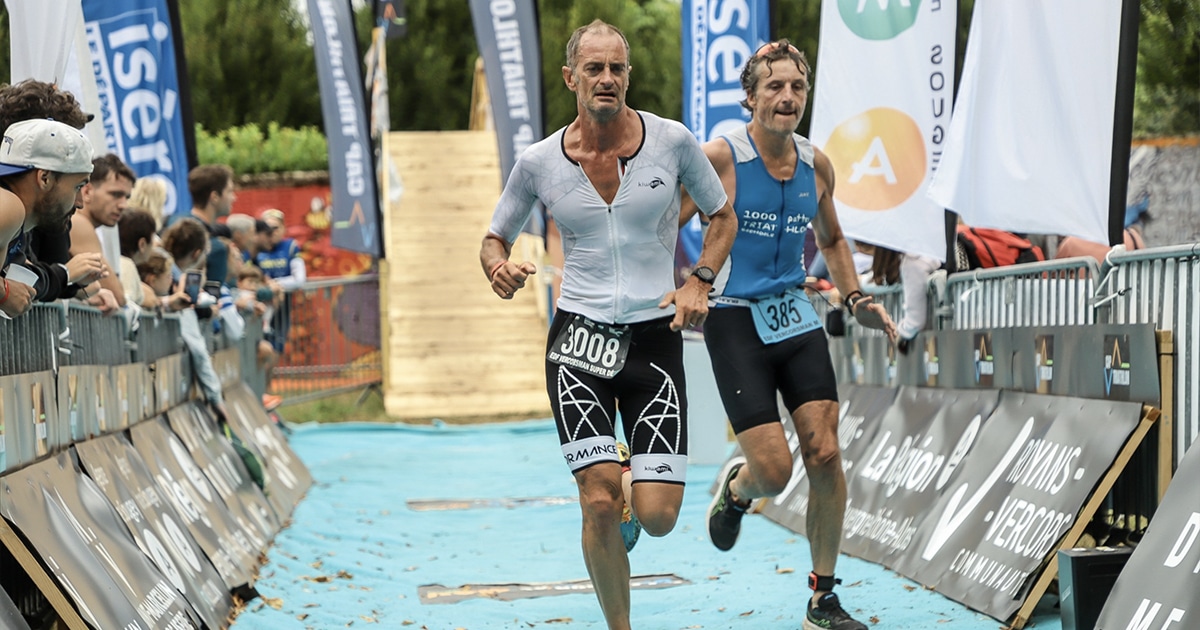The Boston Marathon: more than just a race, a legacy
In Boston, the marathon isn’t just something you run—it’s something you live, something you pass down, and something you honor. Every third Monday in April, on Boylston Street, what concludes is far more than 26.2 miles. It is the continuation of a tradition over a century old, carried by history, fueled by an electrifying crowd, and sustained by a unique local pride.
At the most recent edition, about 30,000 runners took to the streets of Massachusetts, embodying the diversity and passion that have made this event legendary. In this joint interview, Jack Fleming, President and CEO of the Boston Athletic Association, and Mary Kate Shea, Senior Director of Professional Athletes, invite us behind the scenes of a global sporting icon as it approaches its 130th running. From the course’s distinctive character to the complex logistics of race day, from the indispensable role of volunteers to the careful selection of elite athletes, they reflect—with passion and humility—on what makes Boston unlike any other marathon in the world.
➜ Just days after the 2025 edition, as the final flags were packed away and calm returned to Boylston Street, we had the privilege of stepping into the Boston Athletic Association’s historic offices. There, surrounded by photographs, trophies, and memories, Jack Fleming and Mary Kate Shea welcomed us for an intimate conversation. Meeting them on their home ground made it clear: every decision about the marathon’s future is rooted in deep respect for its past.
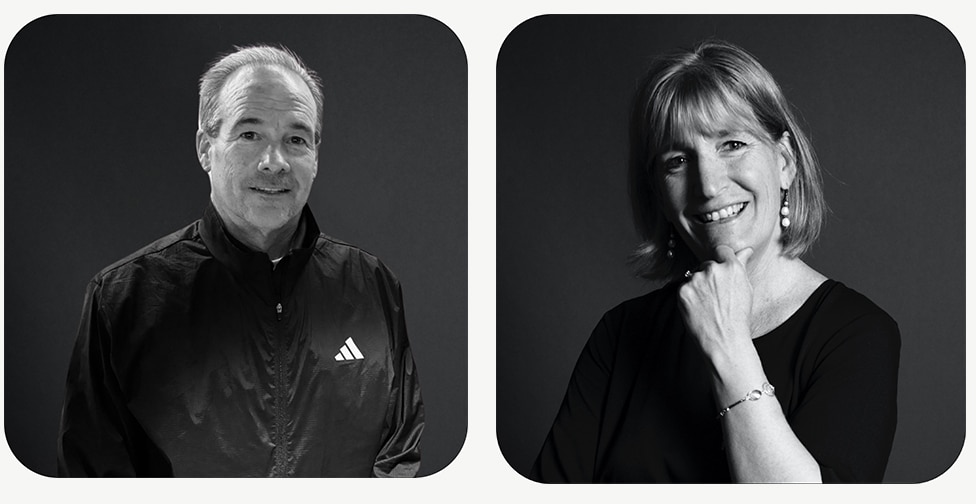
Behind the scenes of the world’s oldest marathon, a conversation with Jack Fleming, the driving force behind its global reach and international prestige, and Mary Kate Shea, the guardian of the spirit of Boston.
| The Boston Marathon is a true sporting legend, with its first edition in 1897 and an extraordinary history of longevity. What does this 129-year legacy mean to you personally? And how do you carry it forward while addressing today’s challenges?
Mary Kate Shea: Next year will mark the 130th anniversary of the Boston Marathon. For us, history, legacy, and community are the three pillars that keep us moving forward. They give us the strength to carry this event into the future. Boston is unique, and that uniqueness comes directly from its history. That’s what sets us apart from every other marathon.
Jack Fleming: We understand our position in being the world’s oldest annual marathon. It’s not just about leadership in the sport—it’s about integrity, ethics, and making sure the experience is meaningful for everyone involved. We think of ourselves as custodians of the race. Every event, of course, is different. Boston reflects the city of Boston. We don’t have the desire to be the biggest or the largest in terms of participants. What we constantly ask ourselves is: are we improving the experience—for runners, the eight cities along the route, the volunteers, spectators, sponsors, and everyone else? That’s the real measure. Our goal is to be a world-class event that welcomes runners from all over the globe while staying true to what makes Boston, Boston.
✓ Since 2006, the Boston Marathon has been part of the Abbott World Marathon Majors, alongside Tokyo, London, Berlin, Chicago, and New York. This prestigious series has encouraged greater collaboration among organizers, while also inspiring new ways to enhance the experience for runners.
| The Boston Marathon is more than a race—it’s part of the identity of Massachusetts. How do you ensure a memorable experience for everyone, from elites to charity runners? And what new initiatives have you introduced?
Jack Fleming: First, one of the biggest changes has been the three-day fan festival at City Hall Plaza during Marathon Weekend. It’s not just for runners—it’s for their families, for residents, for anyone who wants to be part of it. For some people, this is their very first marathon experience, and we know how important that first impression is.
Secondly, we’ve worked hard to make sure every runner has the best race possible—not just the frontrunners. Whether you finish first, last, or anywhere in between, you should feel the same sense of accomplishment. This year we were especially touched by the feedback we got—it showed how much the care of our volunteers really matters.
Mary Kate Shea: Those volunteers are extraordinary. We bring together more than 10,000 of them, and many have been coming for decades. They are welcoming, engaging, and truly invested in this event. From the moment you arrive in Boston, you feel that energy—especially on Boylston Street, where the finish line and the bib expo create such a vibrant atmosphere.
Boston is a small city. But for that weekend, the city becomes the marathon, and the marathon becomes the city. And you can’t forget—it’s always on Patriots’ Day, which gives it an extra layer of meaning.
✓ Each World Marathon Major has its own identity—Berlin attracts record chasers, London prides itself on diversity, Tokyo is celebrated for precision. And Boston? Boston stands in a class of its own: rooted in tradition, defined by its point-to-point course, and fueled by an atmosphere like no other.
| The marathon transforms Boston and the surrounding towns every Patriots’ Day. What is the economic and social impact on the region, and how do you work with cities, residents, and businesses to maximize these benefits?
Jack Fleming: In 2024, the economic impact of the Boston Marathon on Massachusetts was $509 million—just over half a billion dollars. We expect a similar or slightly higher number in 2025. The race comes at the perfect moment—after a long New England winter, right on Patriots’ Day, which is already a holiday. People are ready to celebrate, and the marathon captures that spirit.
The course itself is part of the charm. Each of the eight cities and towns along the way has its own personality, making the race feel like a journey. The Boston Marathon reflects the region: authentic, uncommercialized, and deeply connected to its community.
Mary Kate Shea: And alongside the economic impact, runners raise extraordinary amounts for local nonprofits. In 2025, around 2,000 charity runners raised more than $50 million—that’s over $14,000 per person on average. The race brought together over 32,000 participants from 129 countries, showing just how far Boston’s reach extends.
✓ The Boston Marathon is not just a sporting event—it’s a powerful economic and social driver. Hotels, restaurants, businesses, and nonprofits all benefit and mobilize around the race, creating a true ecosystem of support.
« In 2024, the economic impact of the Boston Marathon on Massachusetts was $509 million—just over half a billion dollars. We expect a similar or slightly higher number in 2025. »
Jack Fleming, BAA CEO & President
✓ Behind the crowds on Boylston Street and the emotions at the finish line lie months of preparation. The Boston Athletic Association relies on a finely tuned organization, balancing dedicated volunteers and a permanent staff, to orchestrate a world-class event.
| Organizing the world’s oldest marathon in a city so emotionally tied to it must be a constant challenge. What are the most complex issues you face? And how large is your team year-round and during race week?
Jack Fleming: The Boston Athletic Association has a staff of about 40, plus 11 members on our Board of Governors, and roughly 325 volunteer leaders who supervise around 9,500 volunteers. We also rely on a race committee of about 110 part-time consultants, plus judges, officials, and other contributors.
The biggest challenge? Demand. Running has exploded since Covid, and many want to run Boston. About 79% of our participants qualify by time, while the remaining 21% are largely charity runners. We’re not looking to change the nature of the race—it has remained consistent for 129 years. But balancing accessibility with tradition is always a challenge. We can’t simply add hundreds more spots; the course itself is relatively narrow, and part of what makes Boston special is its scale.
✓ Unlike many modern marathons, Boston’s course does not qualify for world records and does not use pacemakers—deliberate choices that reflect a philosophy of authenticity over pure performance.
| The Boston Marathon cannot be certified for world records due to the distance between the start and finish points, as well as its net downhill elevation of about 140 meters. Is this a concern? Would you consider redesigning it? And why does Boston choose not to use pacemakers?
Mary Kate Shea: We’ve had world bests set here, in both running and wheelchair divisions. But when World Athletics introduced its rules, Boston’s course didn’t fit—factors like elevation and point-to-point layout excluded it. Still, the world’s best athletes recognize the value of running Boston. This is a championship-style race, modeled after the Olympic Games. There are no pacemakers—you run your own strategy, compete against the field, and fight for your position. That’s the essence of the sport, and the athletes respect it. Many runners from different countries aim to run Boston, and we are very proud of that— the athletes truly appreciate the experience.
Jack Fleming: We respect the term “world record,” but we prefer “world’s best.” Just last year, Marcel Hug set both a course record and the fastest wheelchair time in the world. Boston’s topography offers no shortcuts—it’s tough, with the Newton Hills between miles 16 and 21. This is not an easy race. Athletes come here to compete, to test themselves. As Mary Kate tells them during technical meetings: yes, you might run a fast time, but here it’s about the competition—first, second, top 10. That’s what makes Boston special.
« The world’s best athletes recognize the value of running Boston. This is a championship-style race, modeled after the Olympic Games. There are no pacemakers—you run your own strategy, compete against the field, and fight for your position. That’s the essence of the sport, and the athletes respect it. »
Mary Kate Shea, BAA Senior Director of Professional Athletes
| Many European runners dream of running Boston, but qualifying is tough. Do you plan to ease entry standards in the future?
Jack Fleming: That’s one of our toughest questions. We know demand is high, especially in Europe. We want to be as inclusive as possible, but qualifying times are part of what makes Boston unique. Runners dedicate years to meeting them, and we want to celebrate that achievement. We review the standards systematically, and we’re also expanding accessibility for para-athletes. It’s about balance—preserving tradition while opening the door wider where we can.
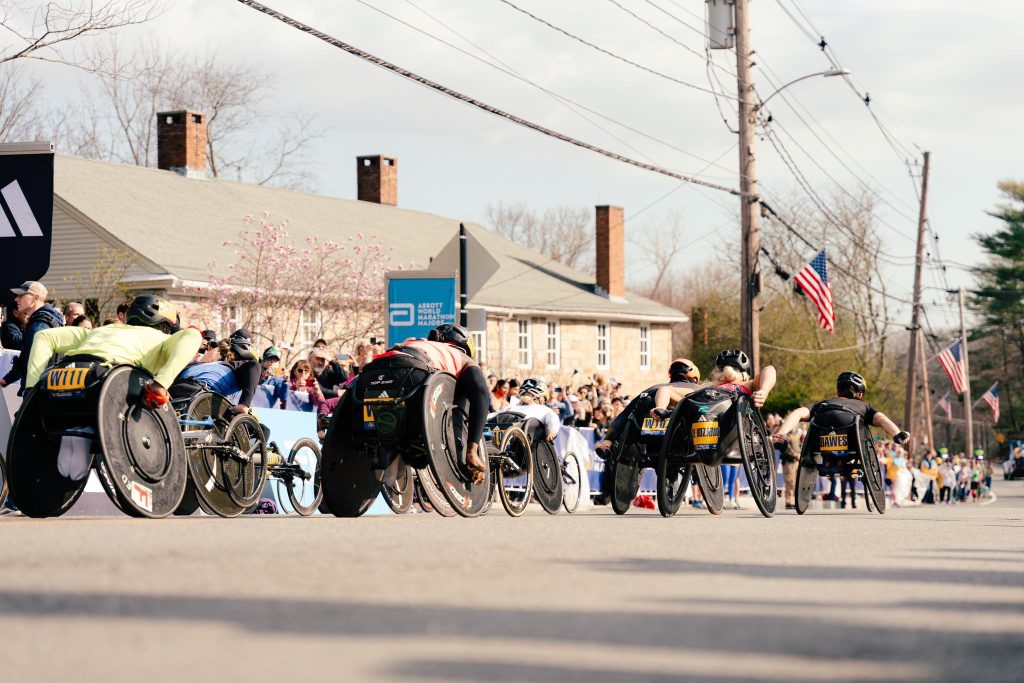
| Boston is known for its commitment to diversity and accessibility. How do you ensure all communities are represented—women, minorities, and athletes with disabilities?
Mary Kate Shea: Boston has long been a leader here. We were the first marathon to offer a wheelchair race, now celebrating its 50th year. Today we have seven Para divisions plus prize money across all categories—something no other marathon offers. We want others to follow our lead. We’re constantly looking at how to expand support, whether through adaptive infrastructure, volunteer training, or athlete services. A marathon is an incredible accomplishment, and being able to complete one is a remarkable achievement. We simply want to open the door a bit wider and acknowledge the success of every athlete.
Currently more men than women run, but our qualifying standards are based on all genders and age groups. We also offer a non-binary category and a professional para division. Our goal is simple: open the door wider and honor every athlete’s achievement.
Jack Fleming: We understand the pressure we’re under. But at the same time, we are a major local, national, and international event. Locally, we’re developing programs to help residents begin a journey that might one day lead them to the Boston Marathon. Inclusivity starts at home. Our Board of Governors also includes people like Dr. Cheri Blauwet, a Paralympic champion and two-time Boston wheelchair winner, who brings invaluable insight. We’ve built a professional para division with appearance fees, travel, and lodging support. For the past three years, this has been one of our main focus areas in terms of organizational growth. Whether it’s adapting the course layout, making room on the road, building infrastructure, improving communication, organizing meet-ups, or training volunteers, we’re constantly assessing what we can improve. The podium is just the surface—the real goal is creating a strong support system behind it.
| Environmental responsibility is now essential for events of this scale. What is your sustainability policy?
Jack Fleming: We’re working closely with World Athletics and with partners like Schneider to address sustainability. It’s about everything—carbon footprint, accessibility, governance. This is a priority not only for participants and the city, but also for us as an organization.
Mary Kate Shea: It will take years, but we’re on the right path. World Athletics lists around 50 criteria we’re working toward, and we’re committed to continuous progress.
| On a personal note, what has been your most memorable moment as leaders of the Boston Marathon? Any behind-the-scenes anecdotes that stay with you?
Jack Fleming: I’ve been with the B.A.A. for 35 years. What stays with me are the people. Still, two moments stand out: Meb Keflezighi’s victory in 2014 and Desiree Linden’s in 2018. Both are Americans who truly wanted to win Boston. They kept coming back after setbacks and finally triumphed. That perseverance captures what Boston is all about.
And of course, welcoming Eliud Kipchoge a few years ago was unforgettable. He didn’t win, finishing sixth, but he told the world just how tough Boston is. Hearing that from a legend only added to the race’s prestige.
Mary Kate Shea:
Every edition is special. I’ll never forget Yuki Kawauchi’s 2018 win in the pouring rain, or Desiree Linden’s victory that same year. And there have been so many iconic finishes on Boylston Street—Moses Mosop, Geoffrey Mutai, Helen Obiri, Evans Chebet, Catherine Ndereba. The beauty of Boston is that no matter your personal best, what matters most is how you adapt, how you dig deep when the race changes on you. That’s what makes a champion here.
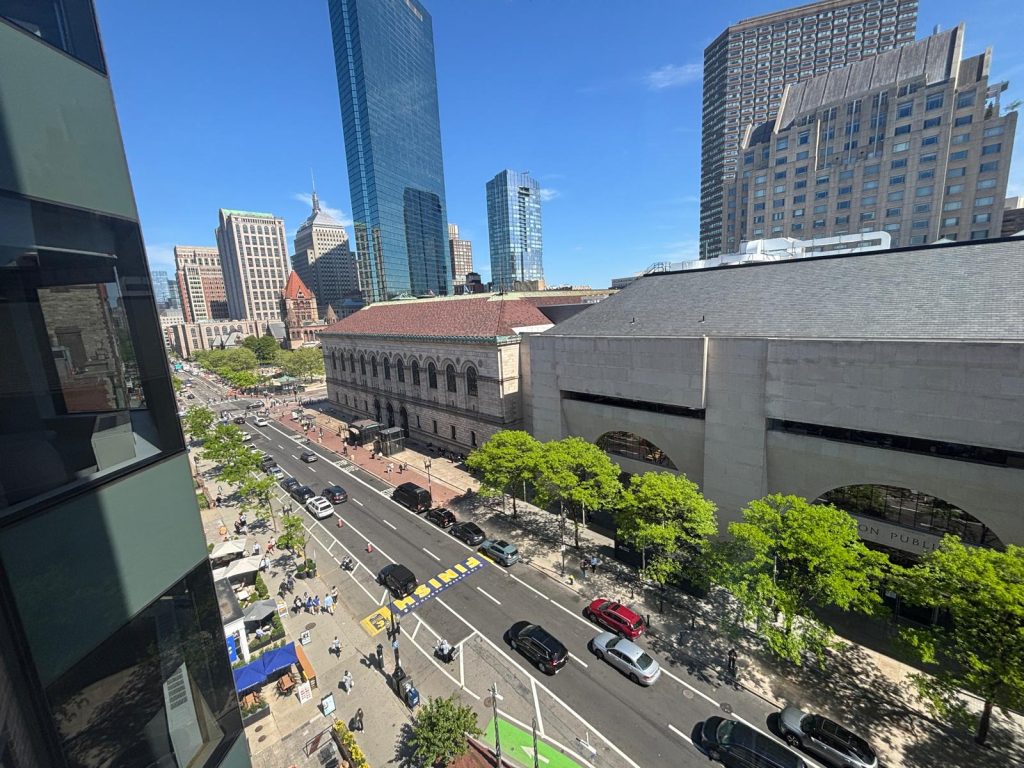
serving as a permanent tribute to the thousands of runners who cross it at each edition
© Marathons
| Do you already have plans for the next edition?
Jack Fleming: Next year will be historic—the Marathon’s 130th anniversary coincides with America’s 250th. The celebrations begin on Patriots’ Day 2025 and continue through 2026, linking us to events like the World Cup and Boston’s own 400th anniversary in 2030. We’re working closely with the mayors of each town along the course to shape what that looks like.
| Besides Boston, is there another race that holds a special place in your heart?
Jack Fleming: I’ve always loved the 10K distance because of our BAA 10K. Outside of what we organize, the Bank of America Chicago Half-Marathon stands out. The way it weaves through parks and different neighborhoods really highlights the community in the West Side of Chicago. They do a fantastic job.
Mary Kate Shea: For me, it’s the Nipmuck Trail Marathon, or the Vermont 50 and 100. But Boston will always be my favorite. The sense of community here is unmatched. In ultras, it’s about finishing together. In Boston, it’s about giving absolutely everything on that one day, and crossing the Boylston Street finish line. That moment is unforgettable.
For many years, Mary Kate Shea and Jack Fleming have watched over the Boston Marathon like a treasured legacy: with passion, rigor, and humility. Behind every bib number, every volunteer’s smile, every stride on the Newton hills, their vision shapes the magic of this race.
In Boston, you don’t just run for a time—you run to be part of something greater than yourself. And as the 130th edition approaches, this living legend of running continues to evolve without ever losing its soul.
➜ The 2026 Boston Marathon will take place on April 20th, discover all the details here.

Emma BERT
Journaliste
